Back by popular demand, the
International Folk Art Market | Collection
presented by Dallas Market Center returns
during the
Dallas Total Home & Gift Market
, June 21 – June 24, 2023 ,
offering the
opportunity to directly impact the world’s folk
art artists and their communities.
Prior to the show, join us for a VIP Preview Party on Tuesday, June 20 at 6pm to get a sneak peek.
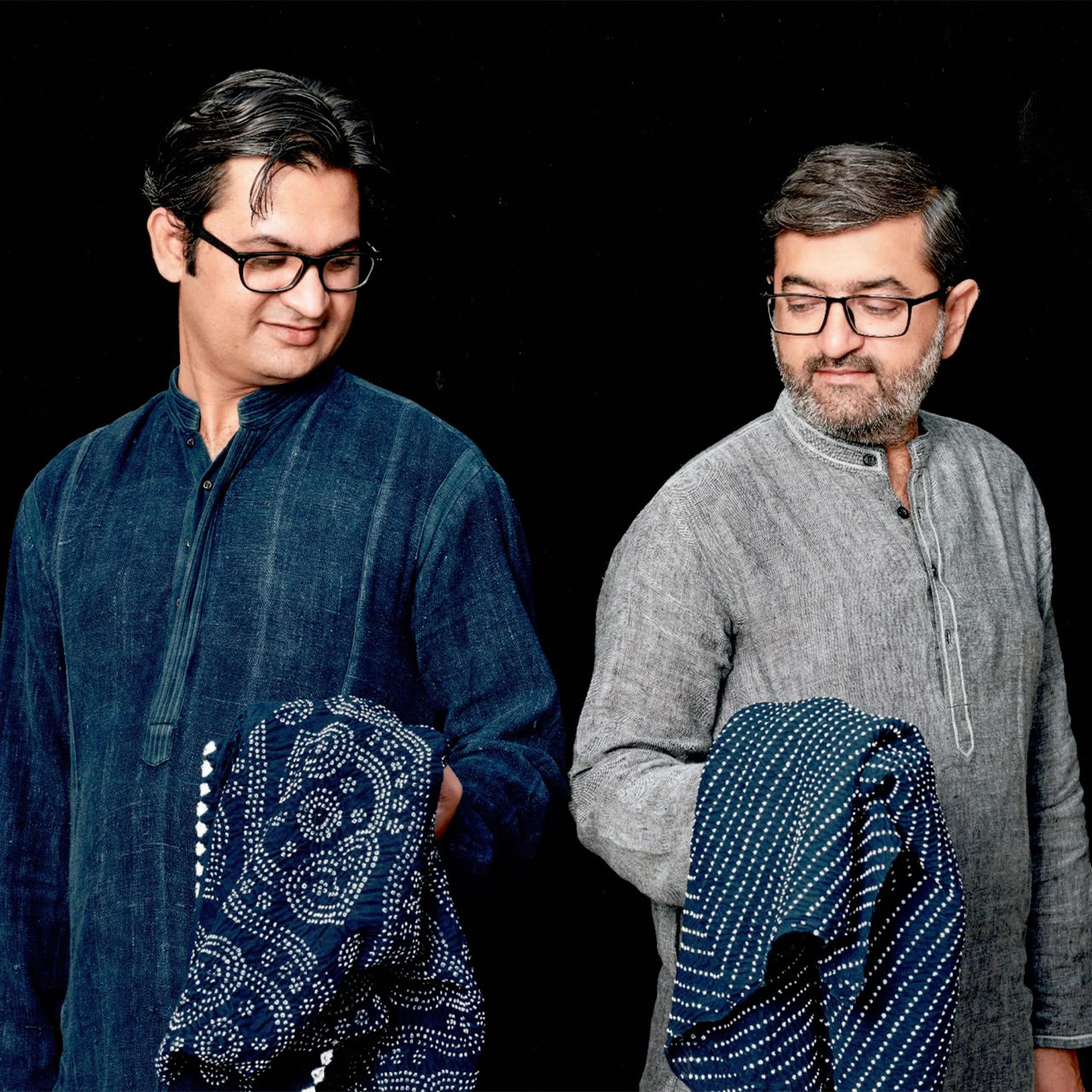
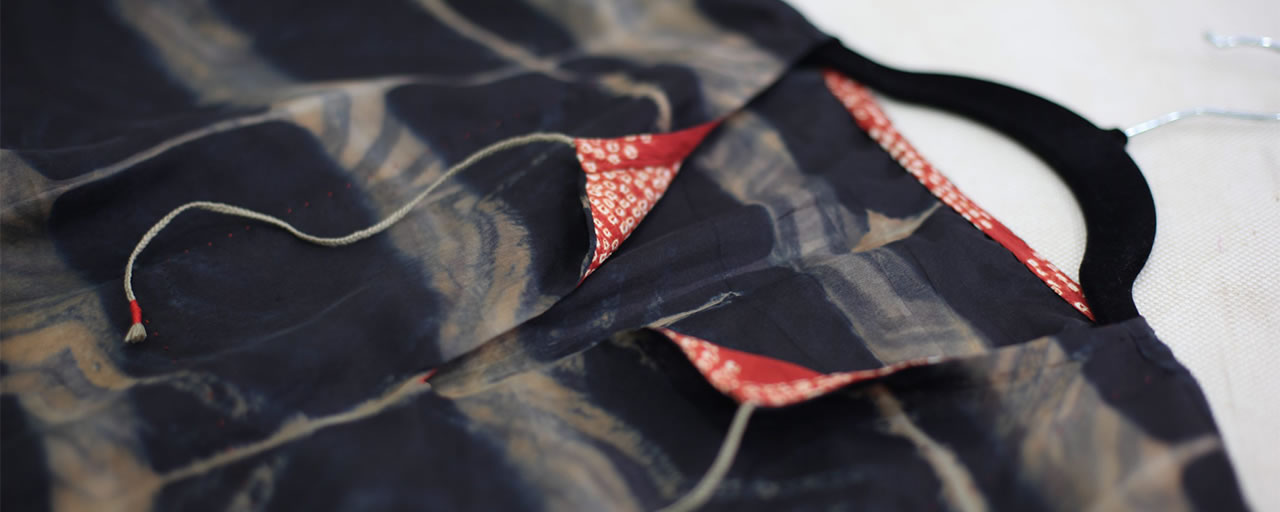
SIDR Craft provides a sustainable livelihood to approximately 250 craftswomen in India. Bandhani scarves, which can take weeks to complete, are composed of highly intricate patterns that are literally tied into the fabric and then colored using a complex dying process.
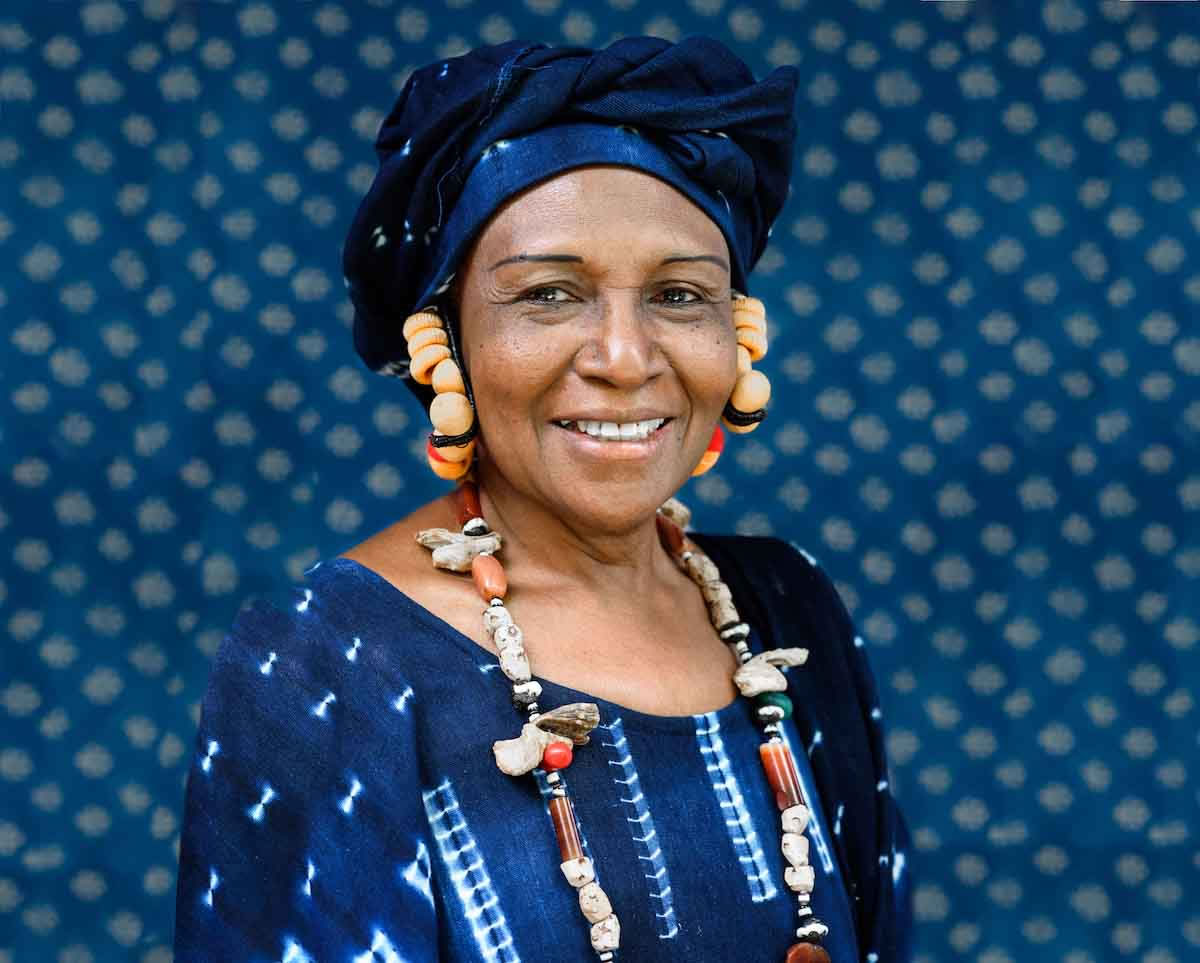
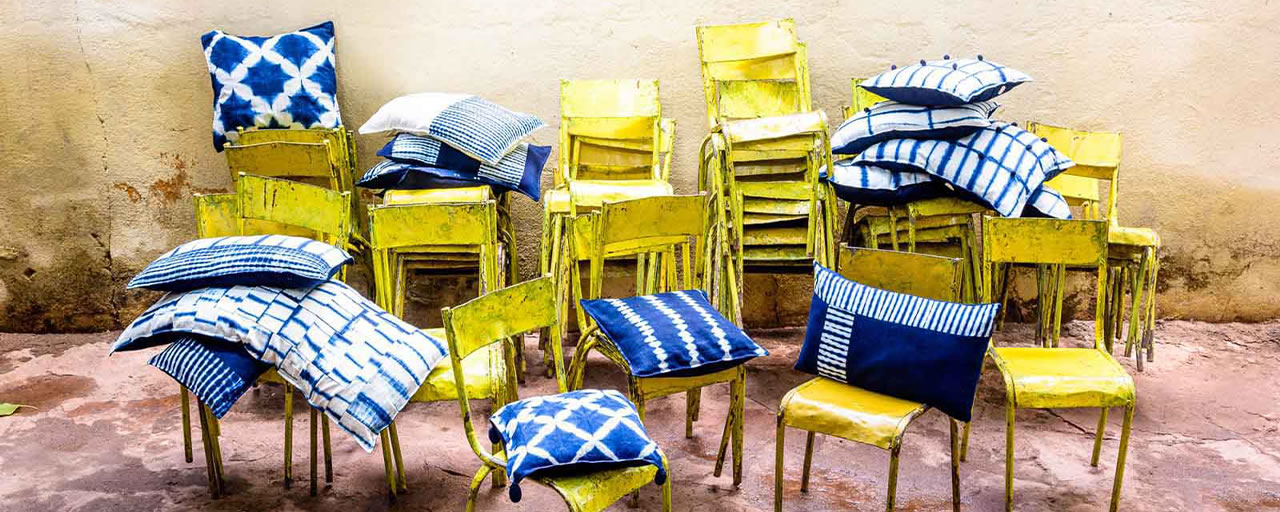
Master textile artisan Aïssata Namoko created Cooperative Djiguiyaso to foster a skilled female workforce. Using indigenous plant-based indigo dye, the women create distinctive textile designs.
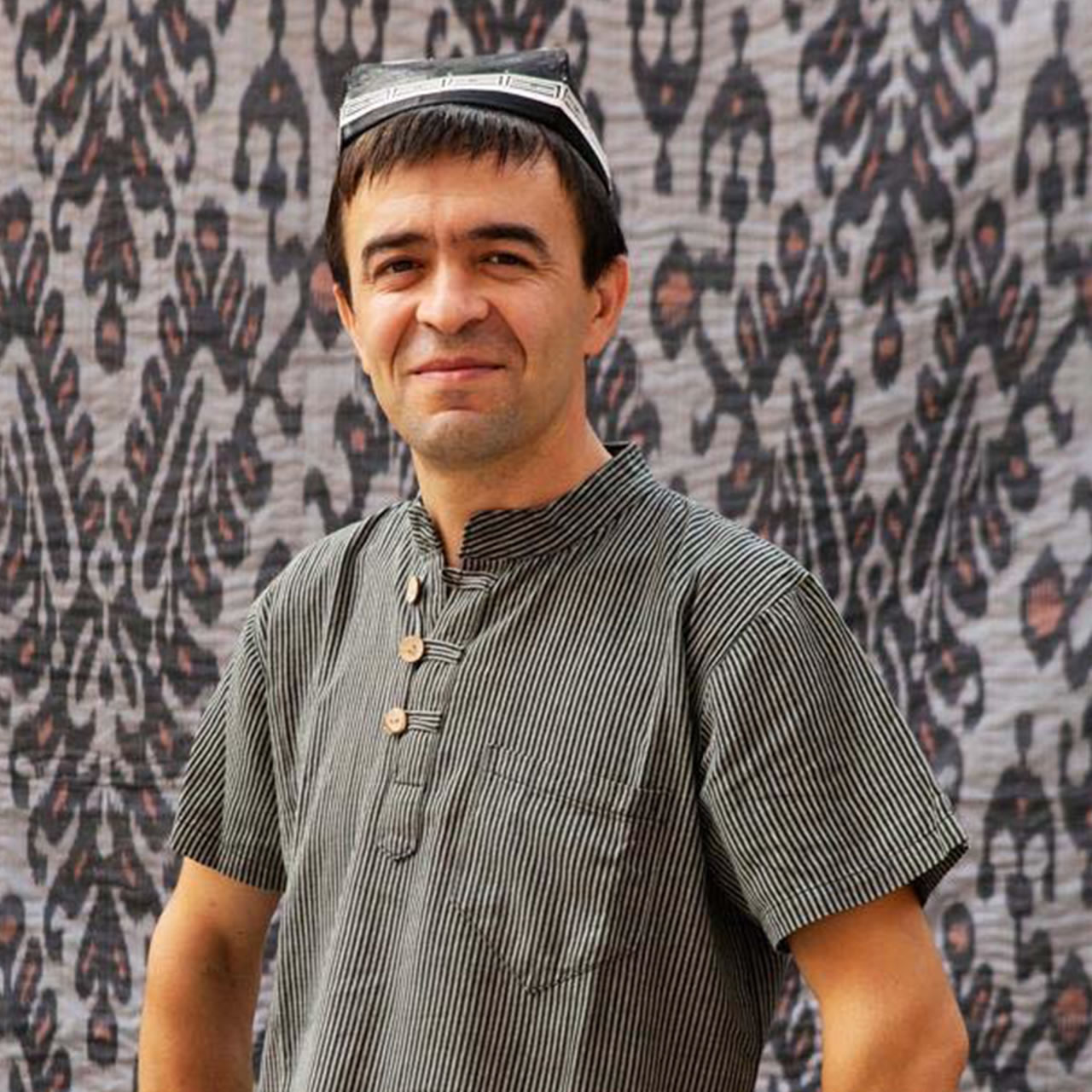
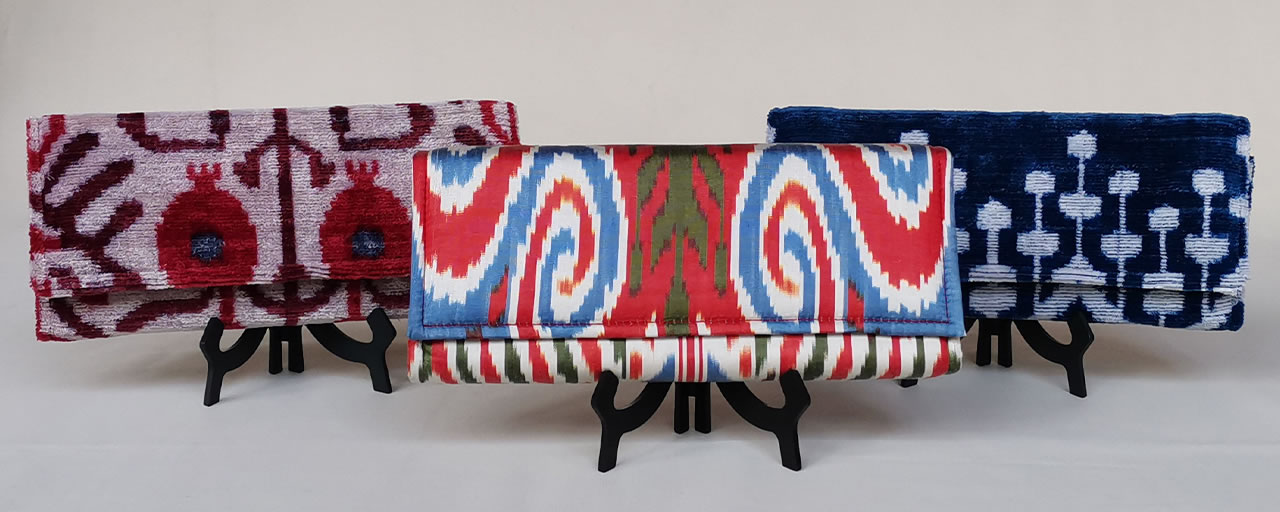
The cultivation and harvesting of silkworms, along with spinning and dyeing threads, makes ikat production unique. This cooperative offers a variety of ikat items including luxurious apparel, accessories, home goods, and woven adras by the yard.
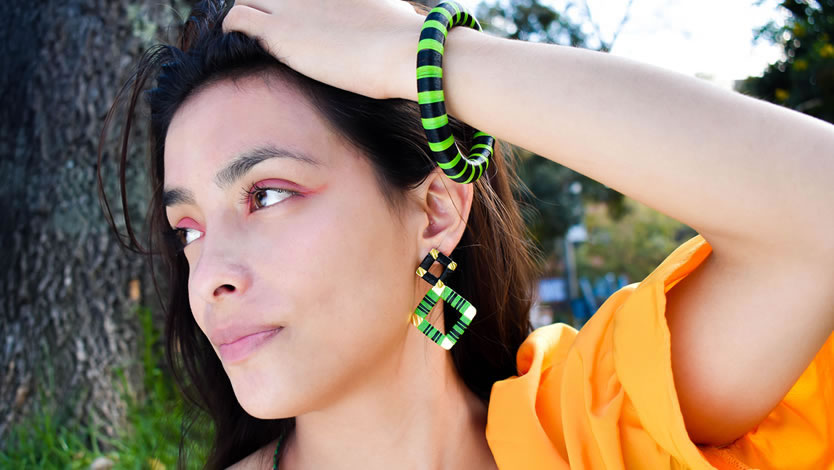
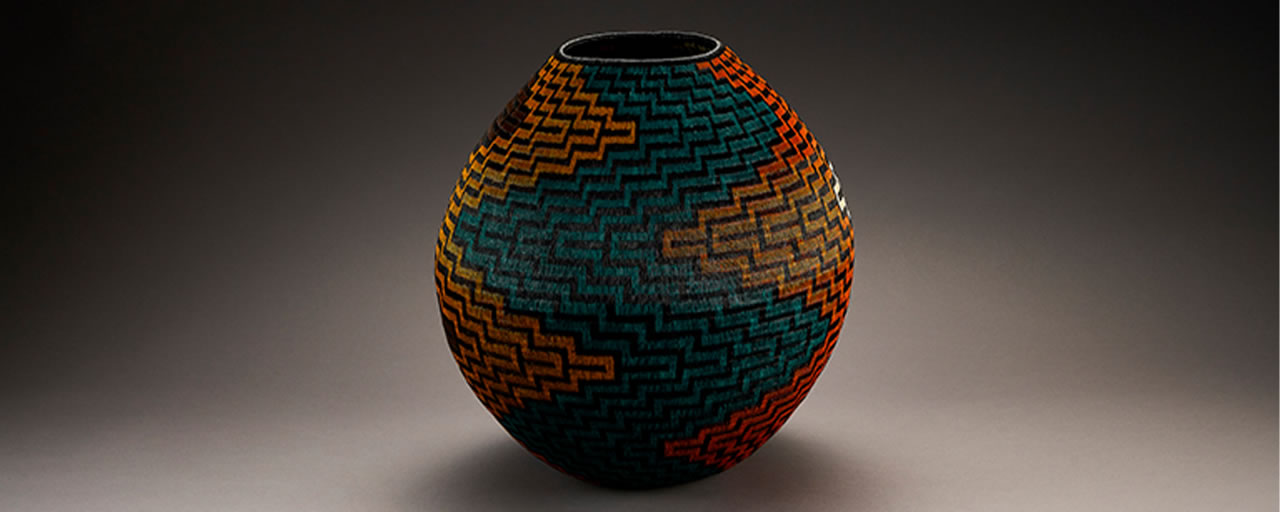
Using ancient techniques, Chocho weaves intricate baskets featuring geometric patterns and motifs unique to the Wounaan people. Due to their meticulous construction and inherent complexity, Cocho’s larger baskets can take several months to make.
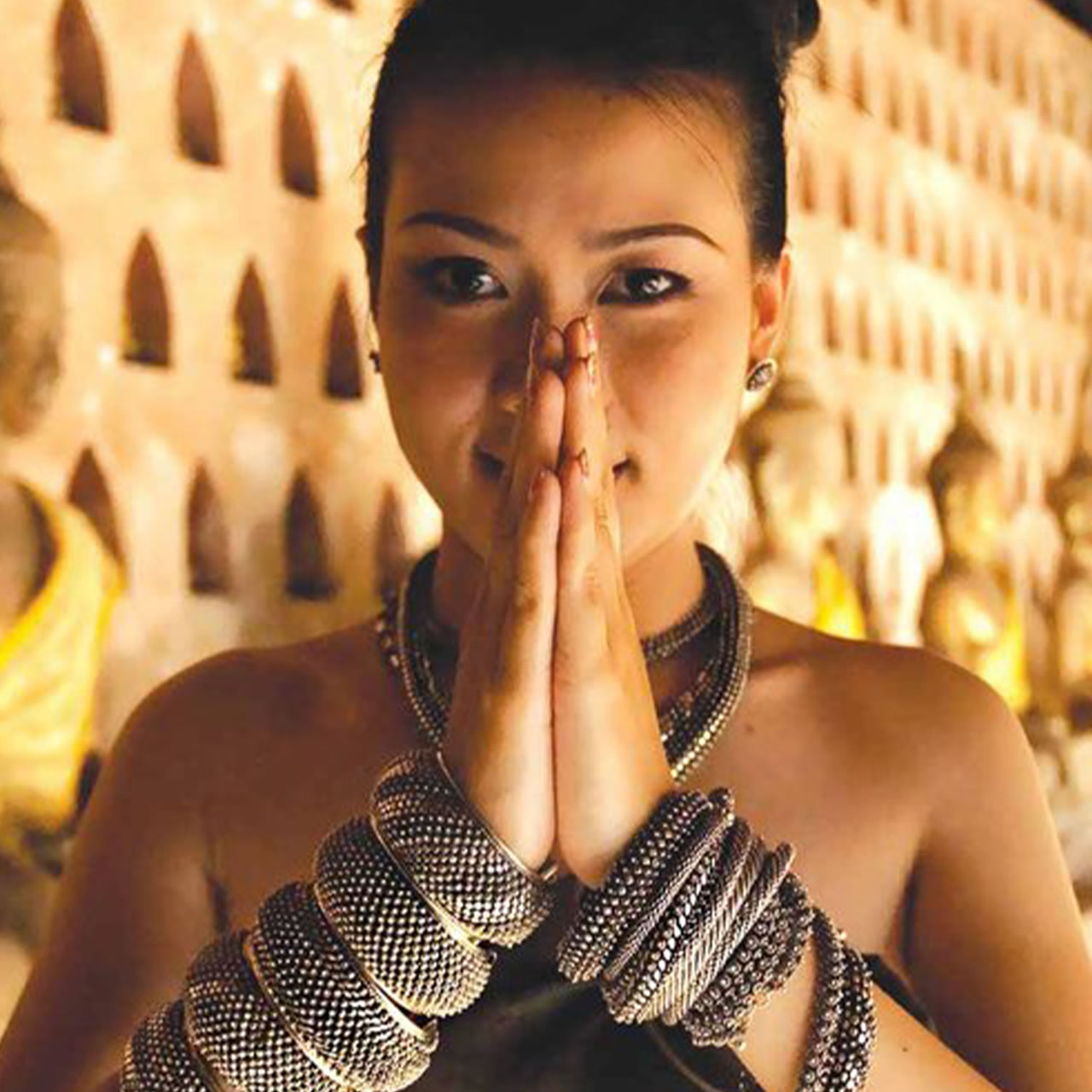
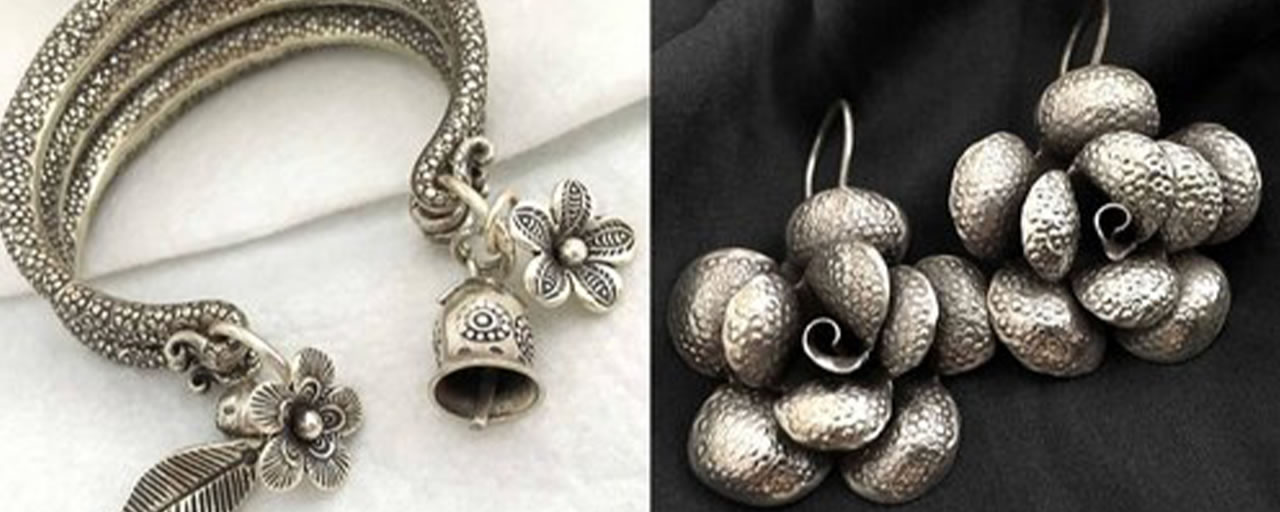
Silverwork goes back centuries in Laos. Blanc de Noir preserves and celebrates this part of Laotian culture by making exquisite pieces using traditional techniques and motifs with a subtle modern twist.
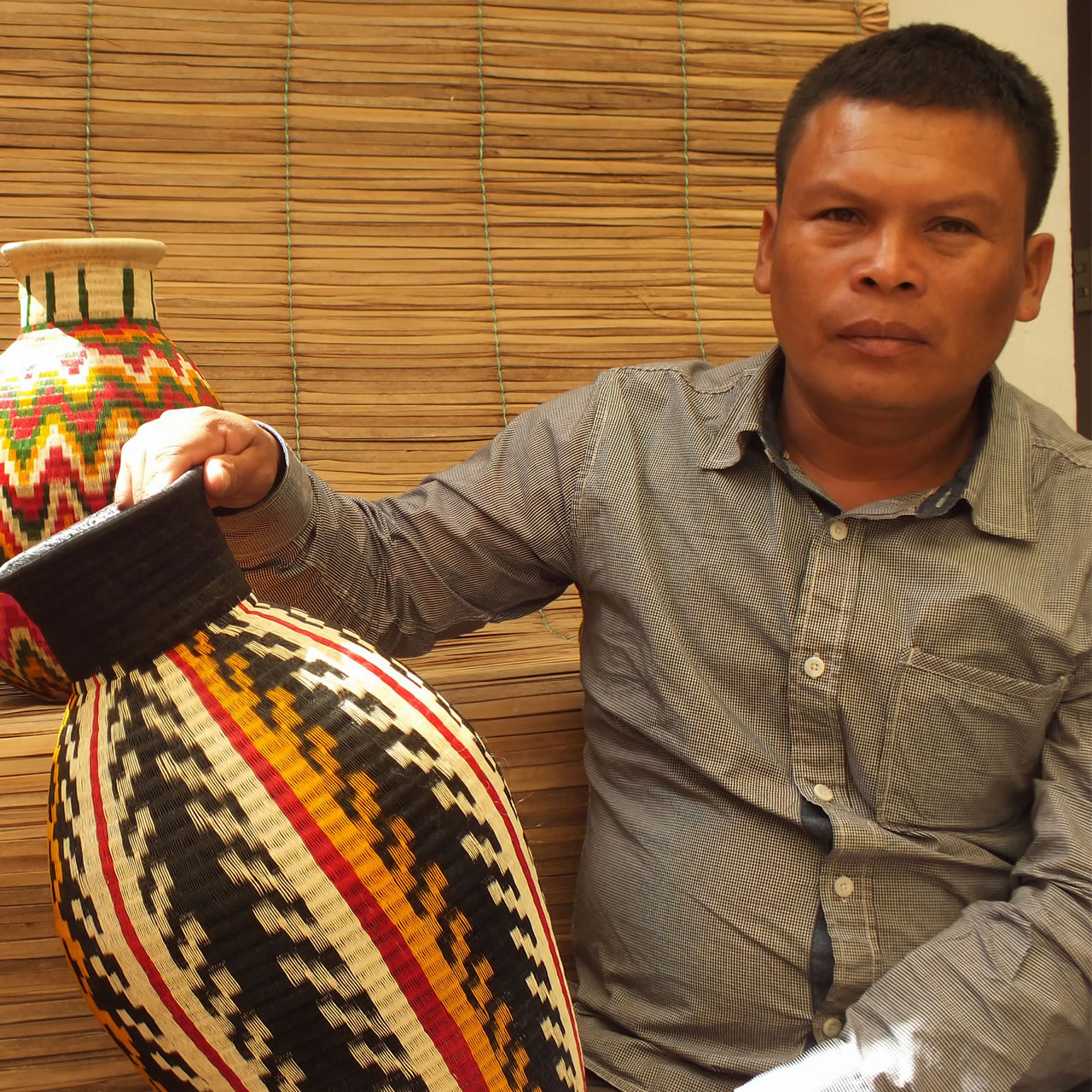
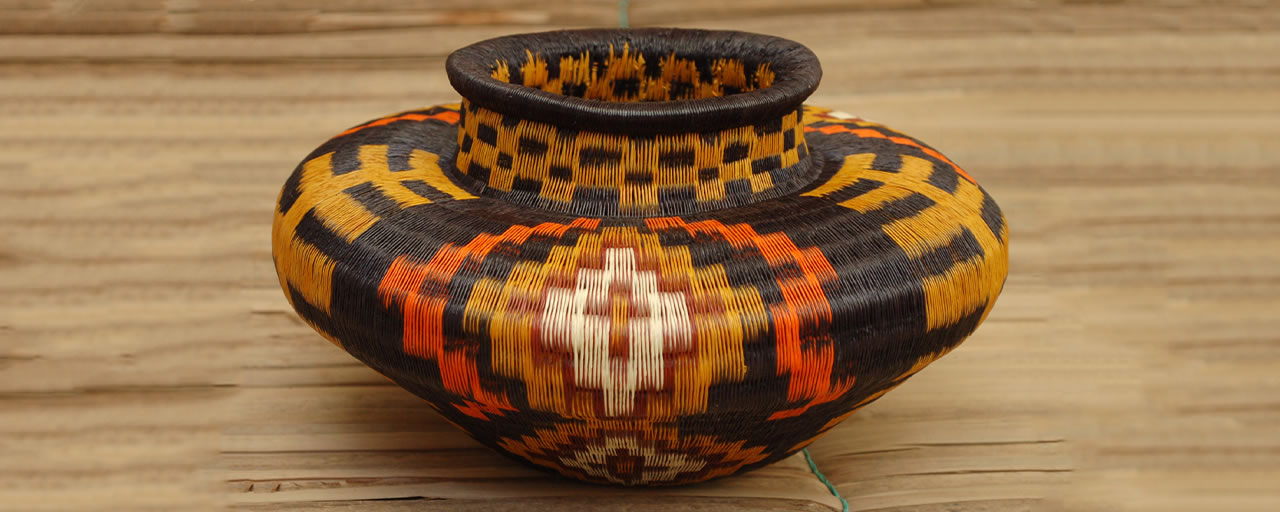
Despite displacement and violence, the Wounaan people are preserving their ancient traditions. Through an ancient spiral weaving technique, this collective uses werregue palm to craft colorful and expressive baskets, trays, jugs, and jewelry.


Federico works together with fine traditional silversmiths in Mexico to design intricate silver filigree pieces incorporating turquoise, coral, and pearls. Jewelry traditionally worn for Oaxacan celebrations can now be enjoyed daily.
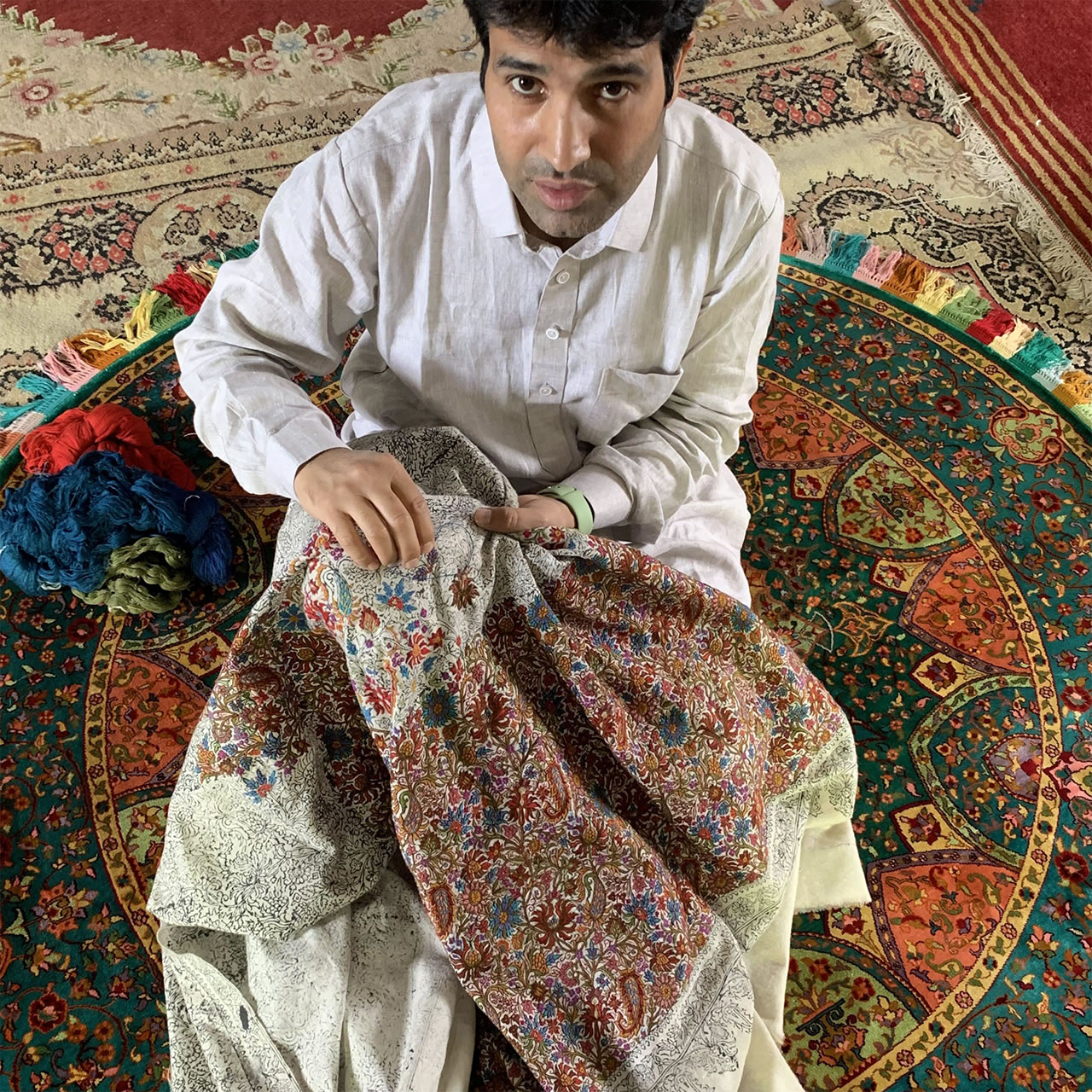
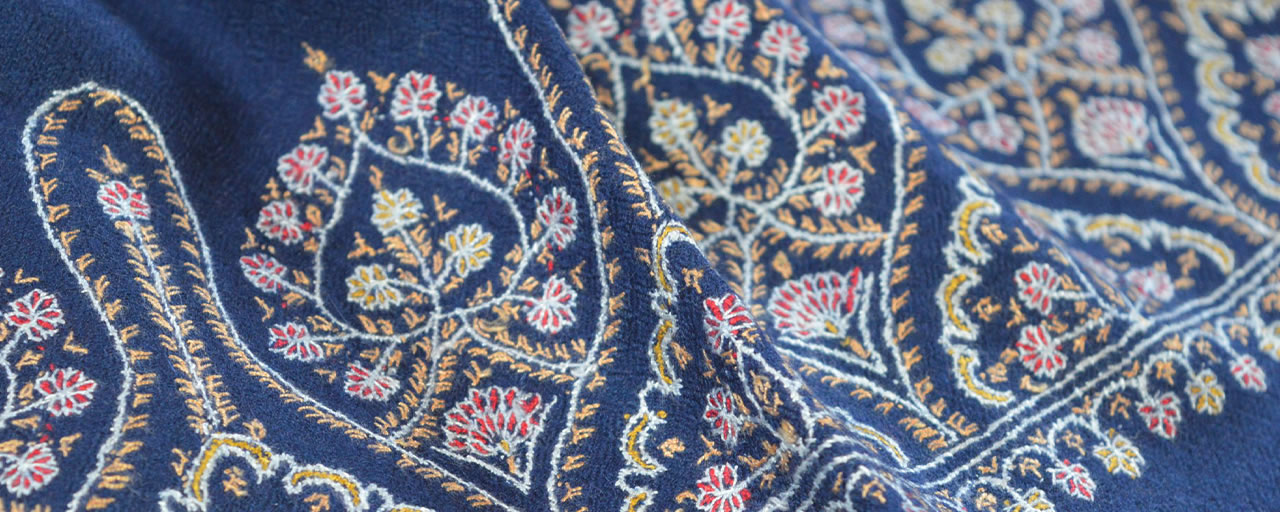
These sumptuous textiles are beloved for their exquisite beauty and softness. Extending a centuries-old artistic tradition, Jan and his family create distinctively patterned and painstakingly crafted cashmere shawls on traditional wooden looms.
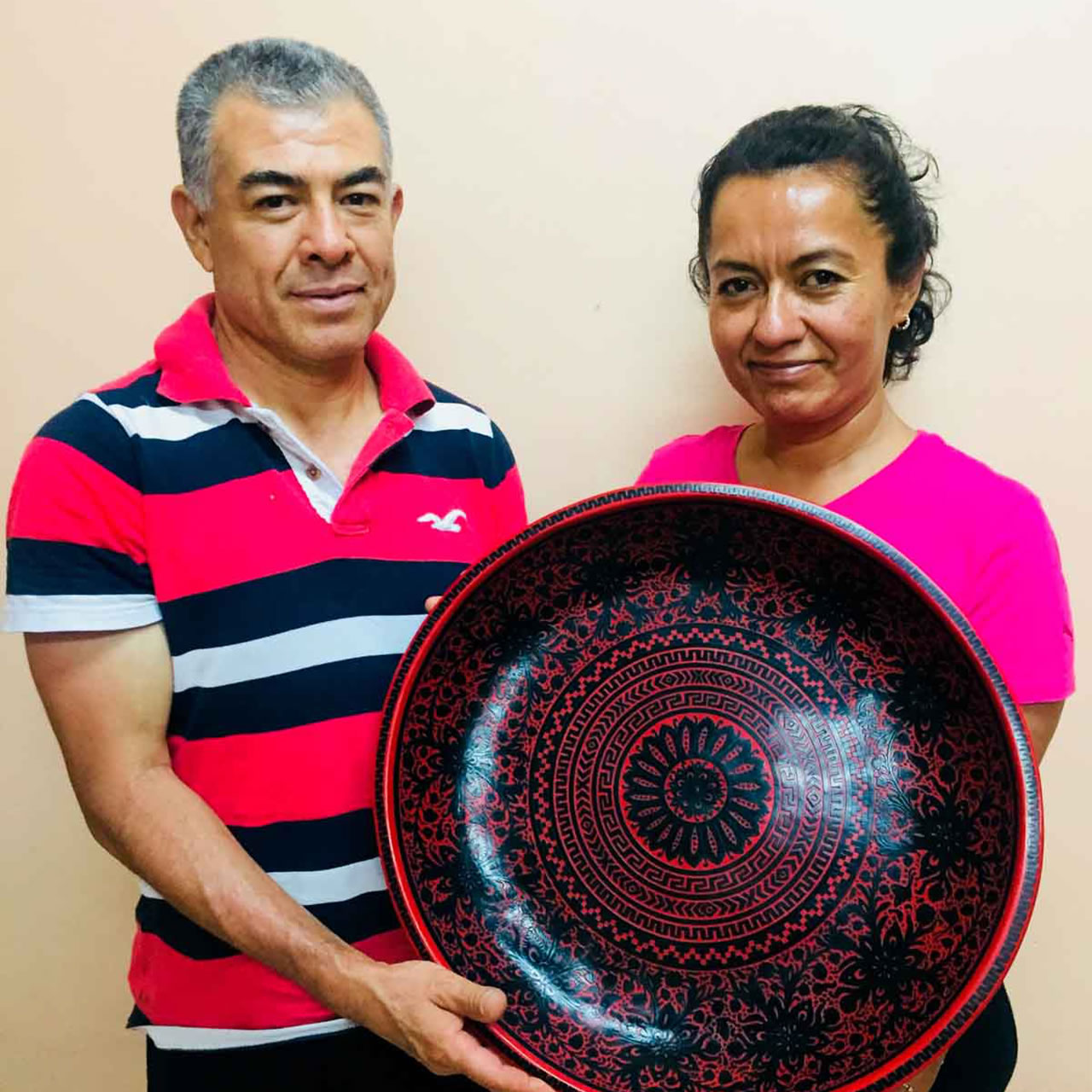
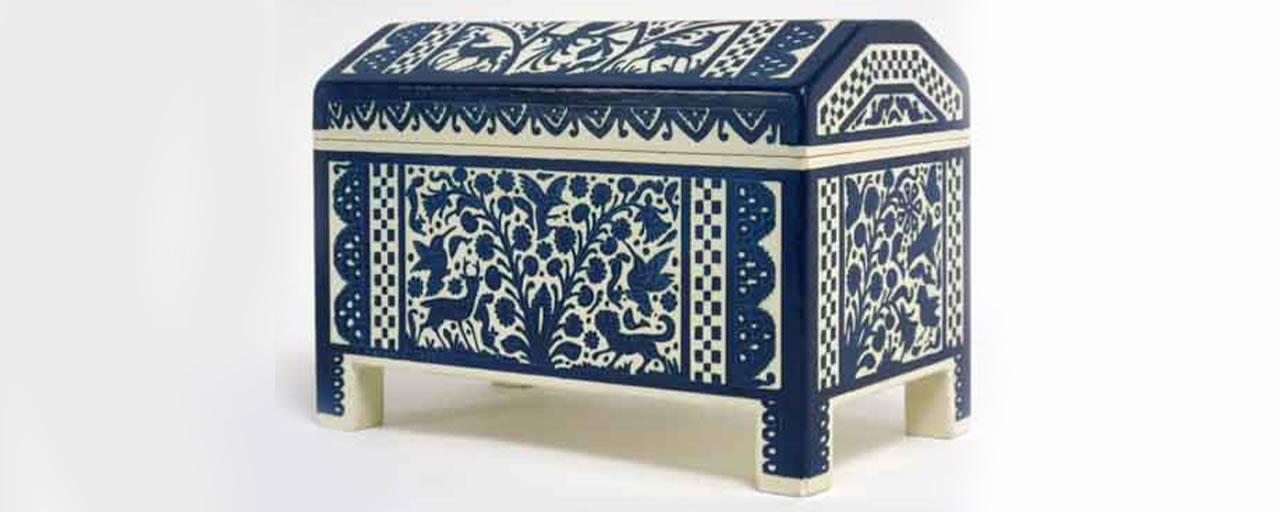
Olinalá is known internationally as the Mexican capital of lacquer. Master woodcarvers make a range of extraordinary lacquered boxes designed to hold special treasures.
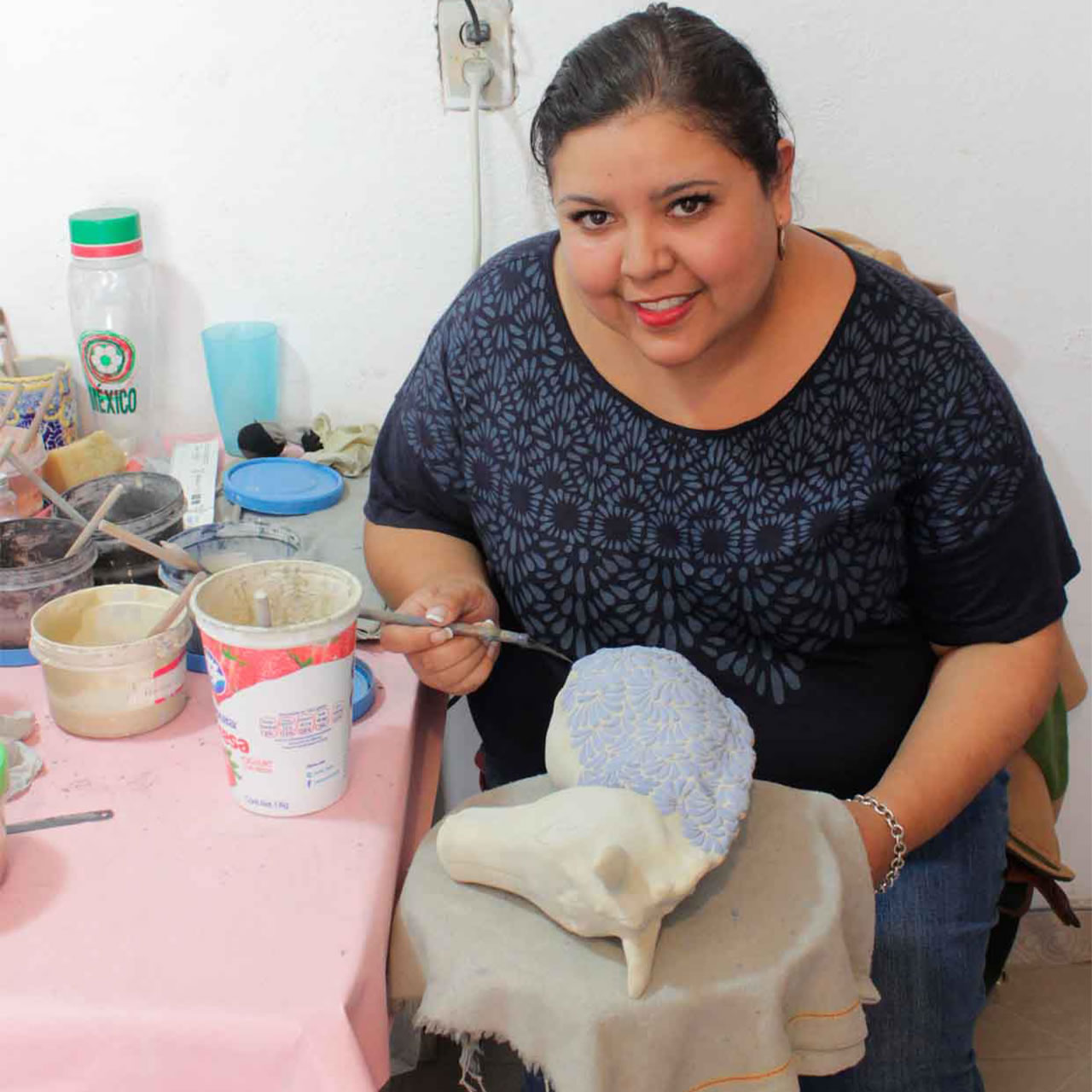
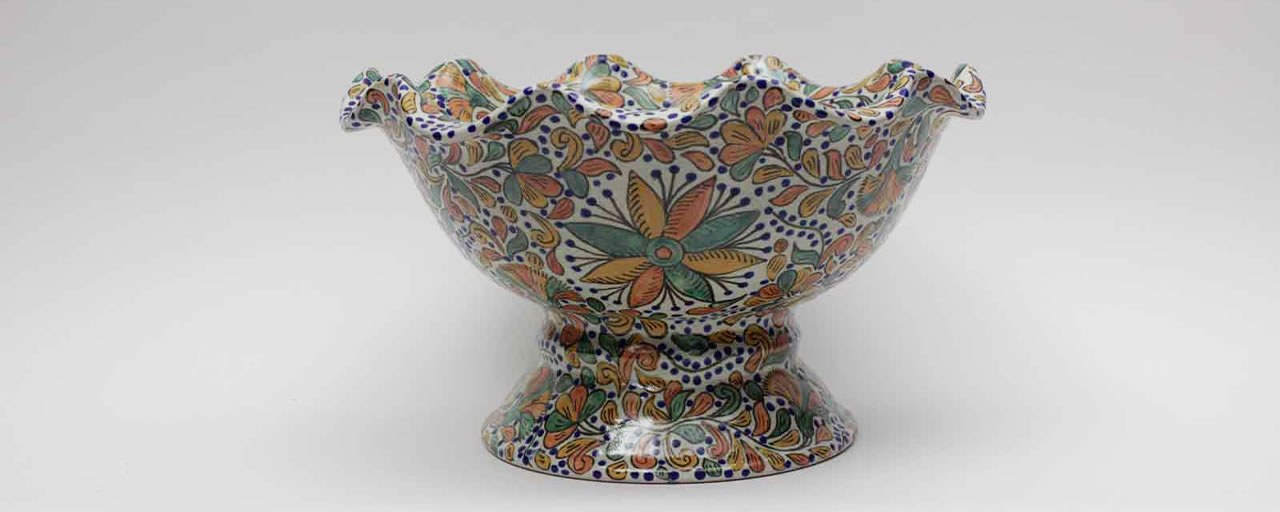
Dr. Isabelle Collins’ ceramic art is both beautiful and practical. Working with Arte Ventosa, their Talavera-style pottery honors Mexican tradition and innovates elements to propel the artform forward.
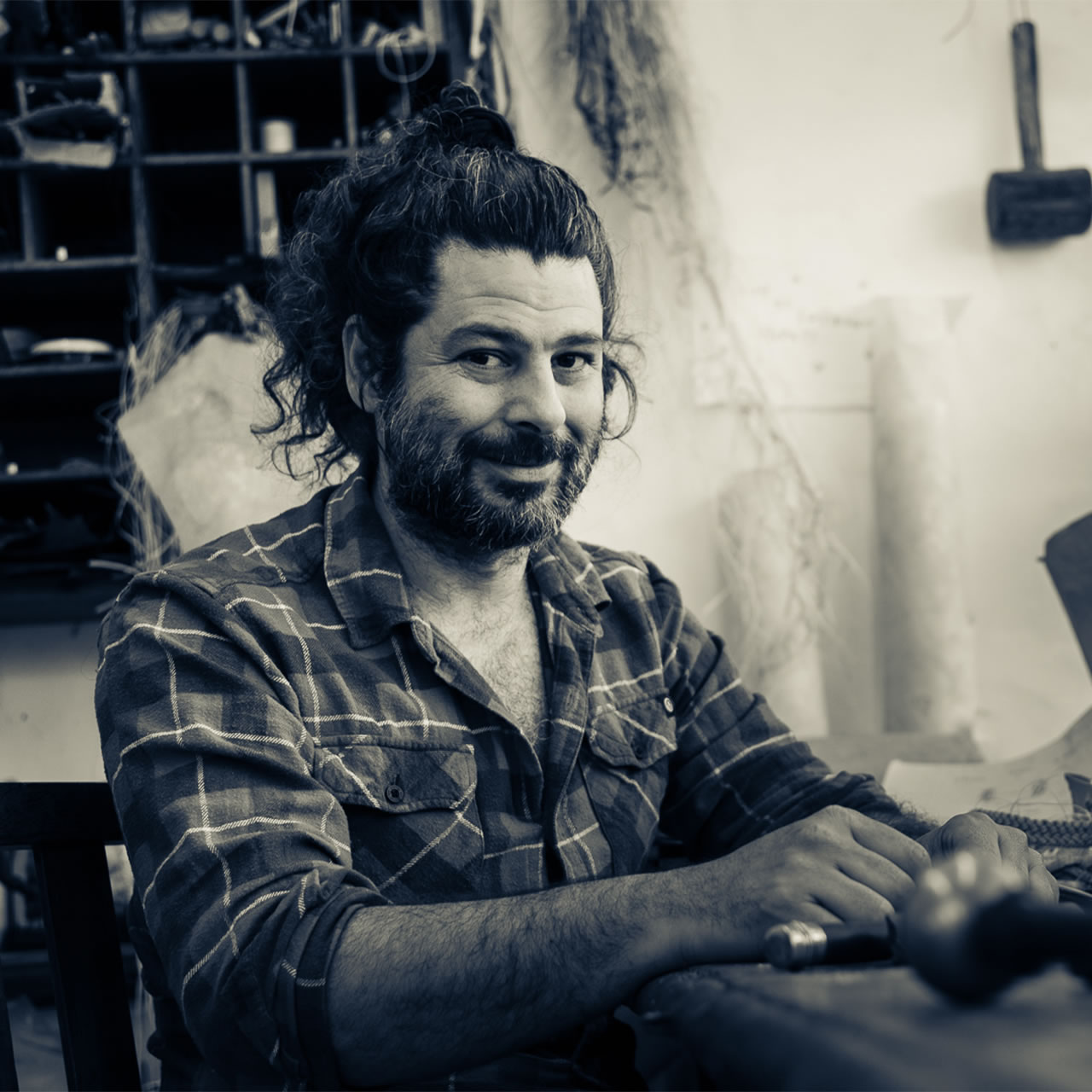

Coll is a master and teacher of the Argentinean art of rawhide leather work called soguería. With roots in the relationship between gauchos and their horses, these hand-crafted pieces feature traditional iconography of the Indigenous pre-Columbian people.
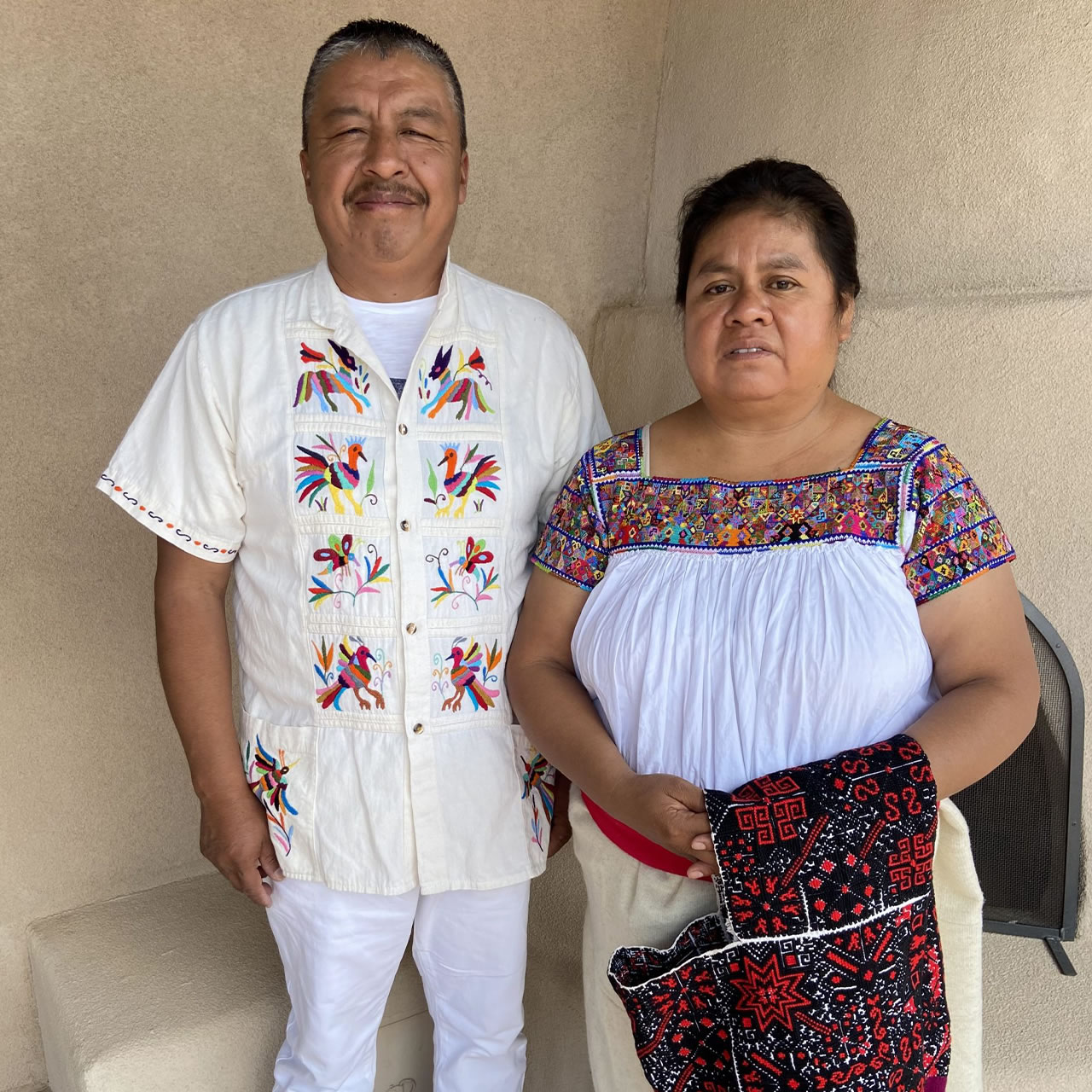
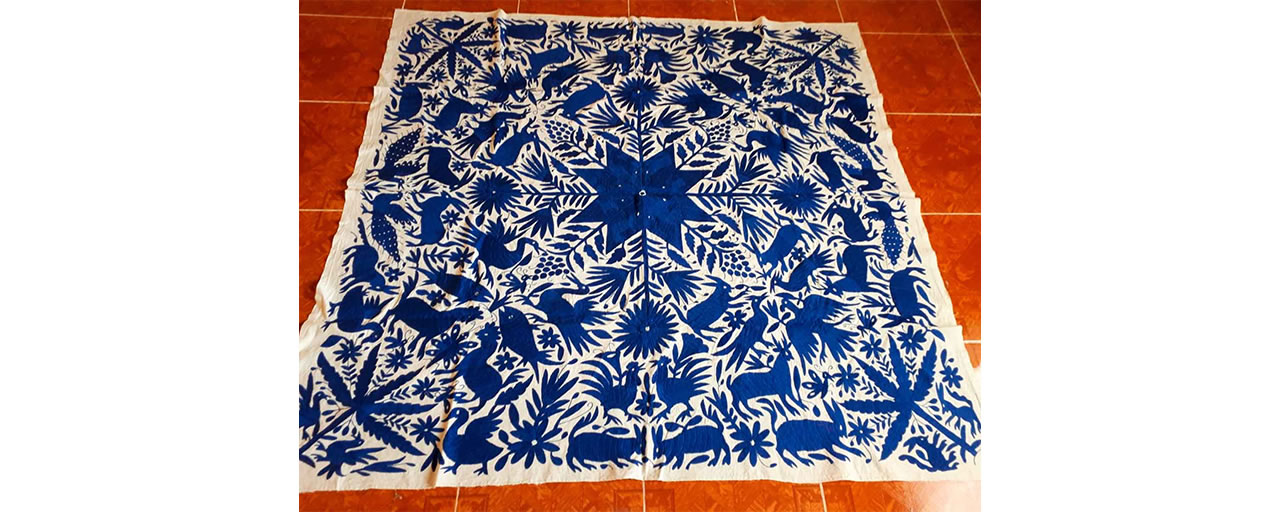
This family business celebrates Otomí embroidery, an ancient artistic tradition from Mexico’s Central Plateau. Their bright and ornate embroideries feature natural elements, as well as geometric symbols and motifs.
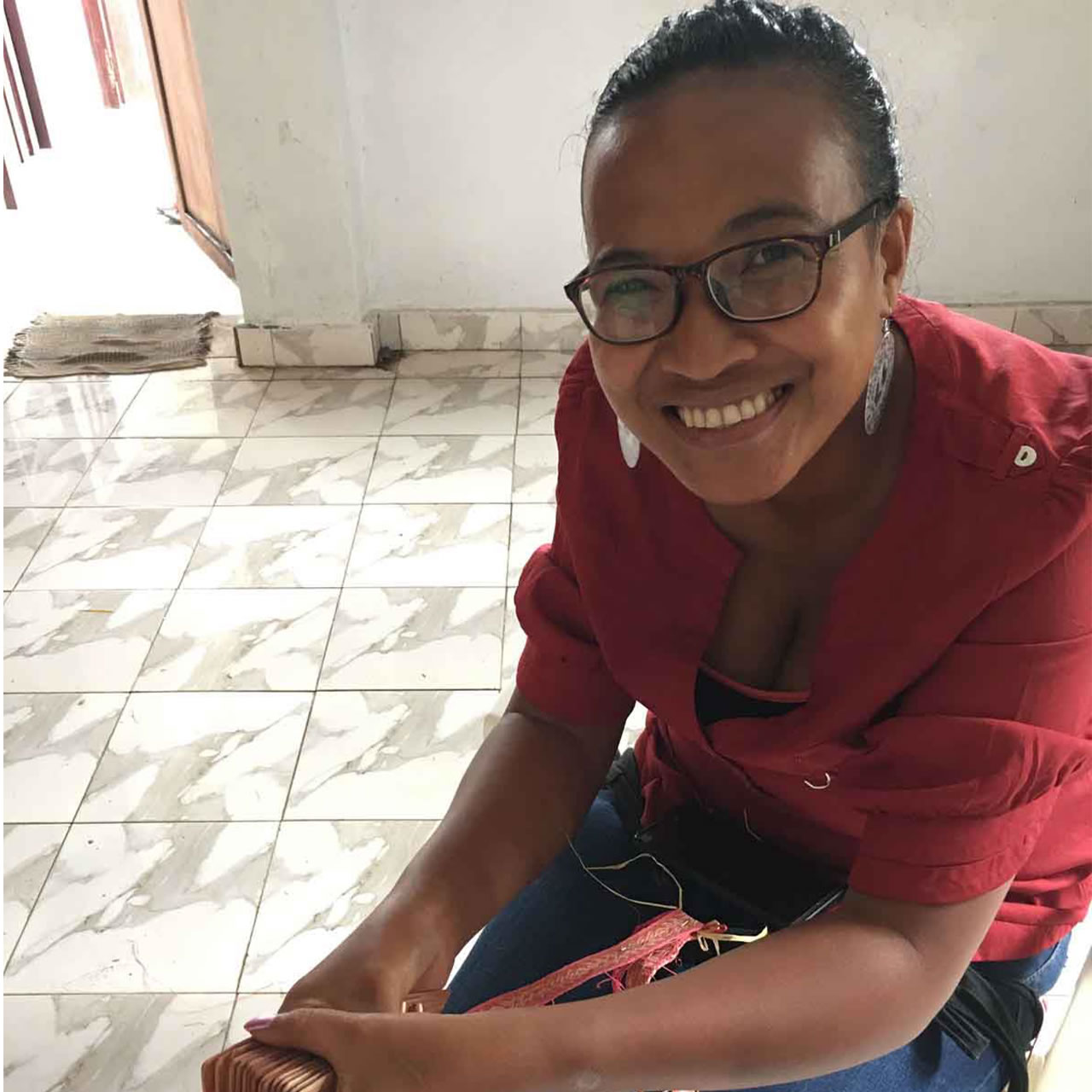
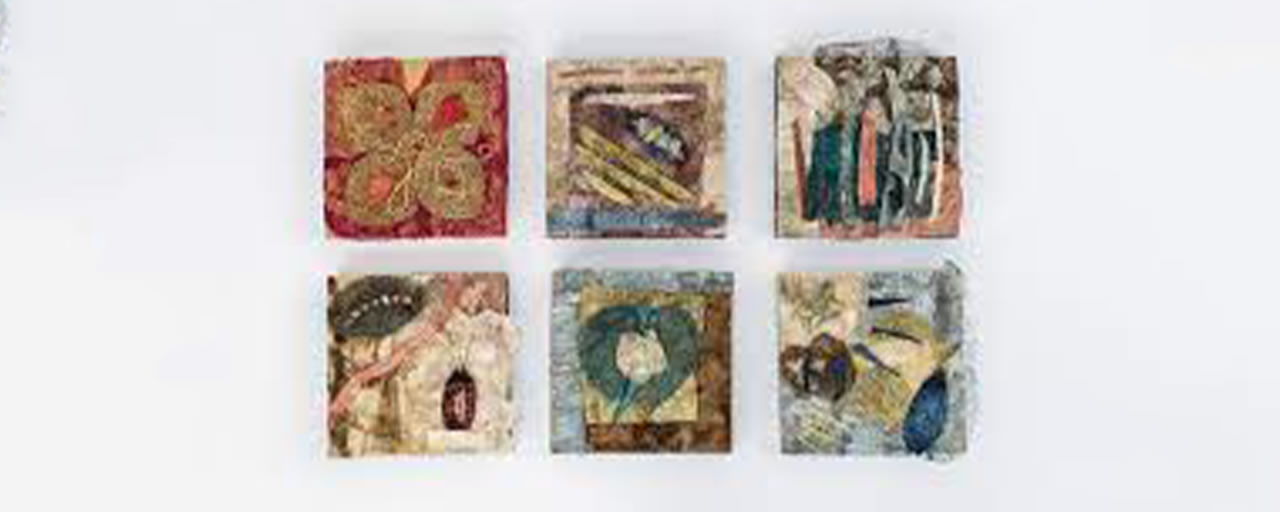
In the last remaining rainforest in northeastern Madgascar, farmers and artisans transform endemic resources into unique products that support biodiversity. They create unique textiles from silk cocoons and raffia, including original art and home goods.
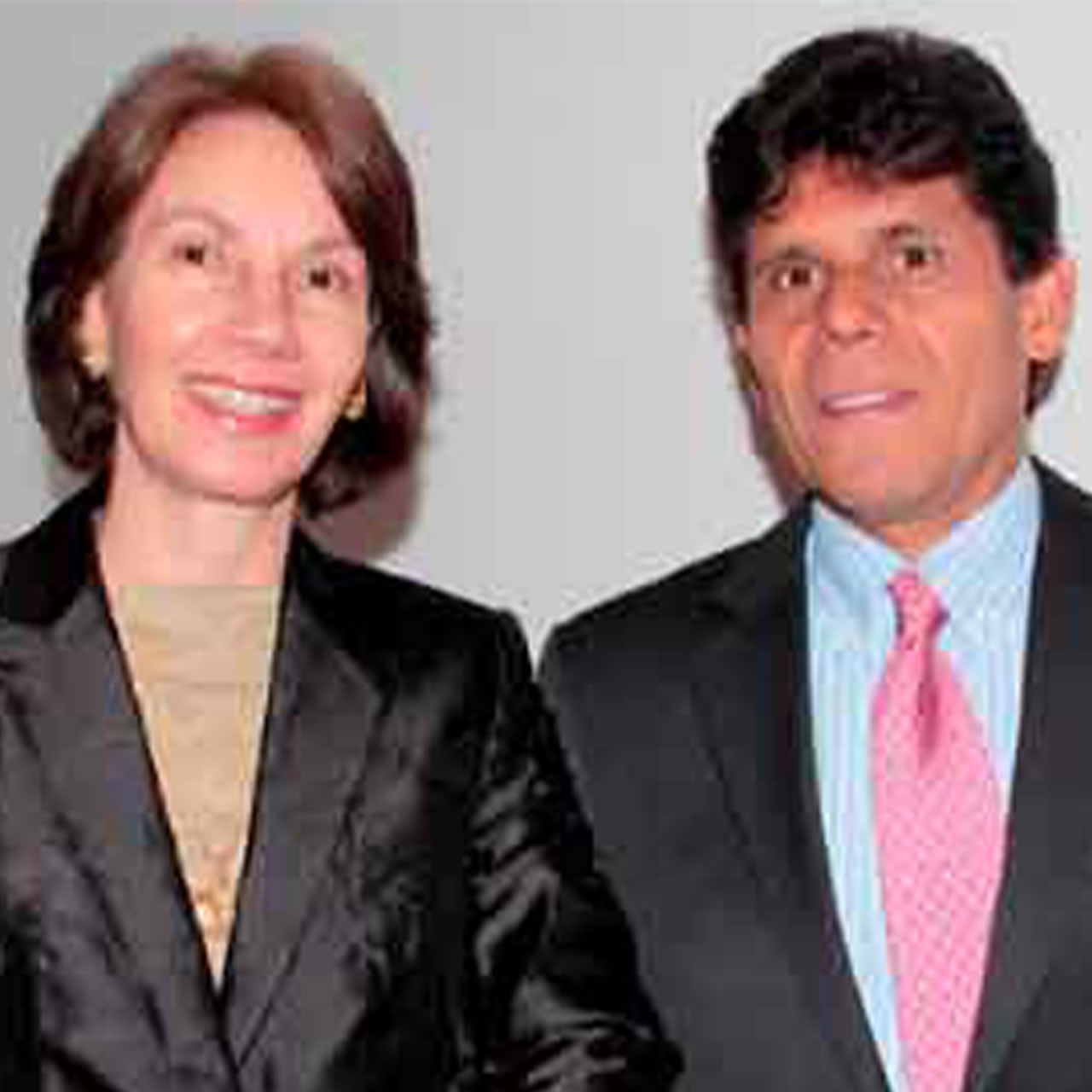
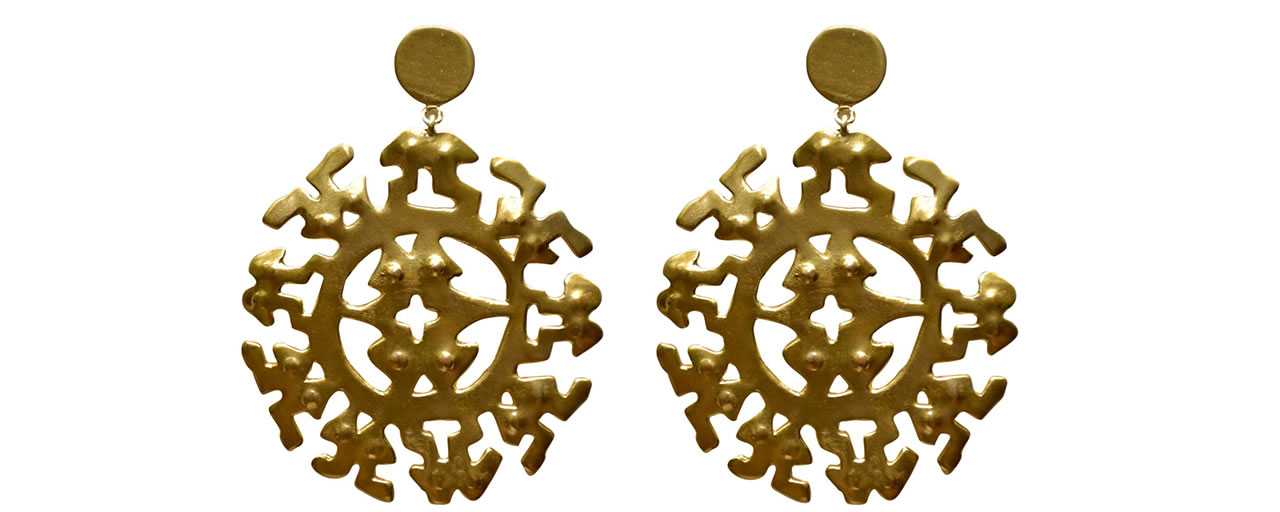
Recognized for its unique reinterpretations of Pre-Columbian art and artifacts, artist collective Precoarte preserves Indigenous creative techniques with their statement pieces of metal jewelry.
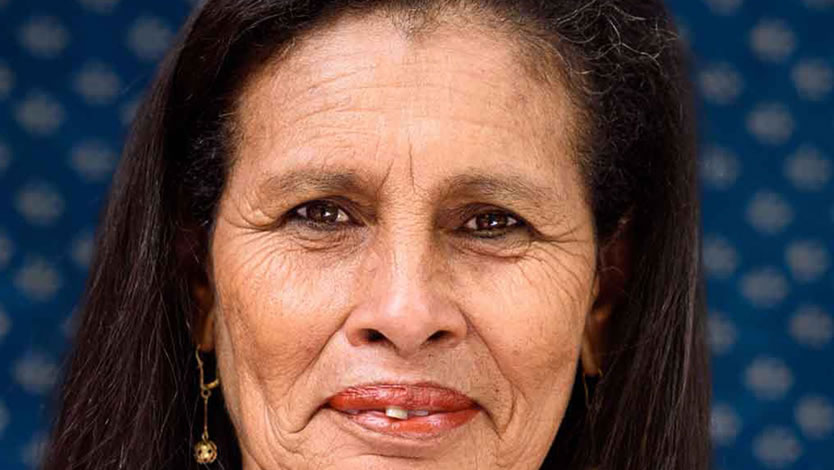
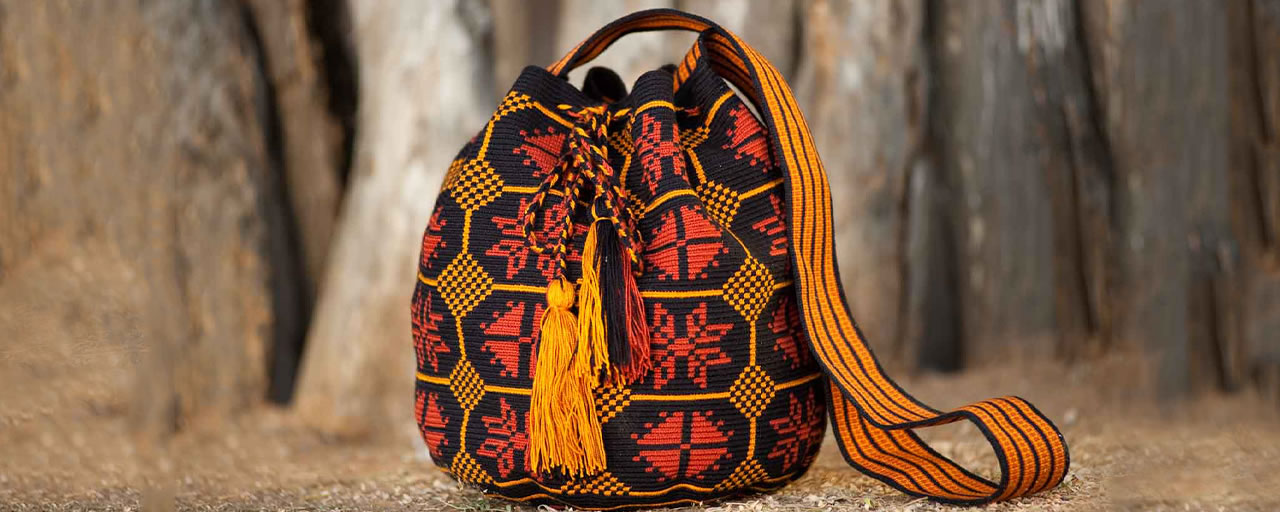
The Kayuusipaa cooperative preserves the heritage of the Indigenous Wayúu culture, one of the largest continuously surviving tribes in South America, by creating economic opportunities through the art of crocheting, weaving, and knitting.
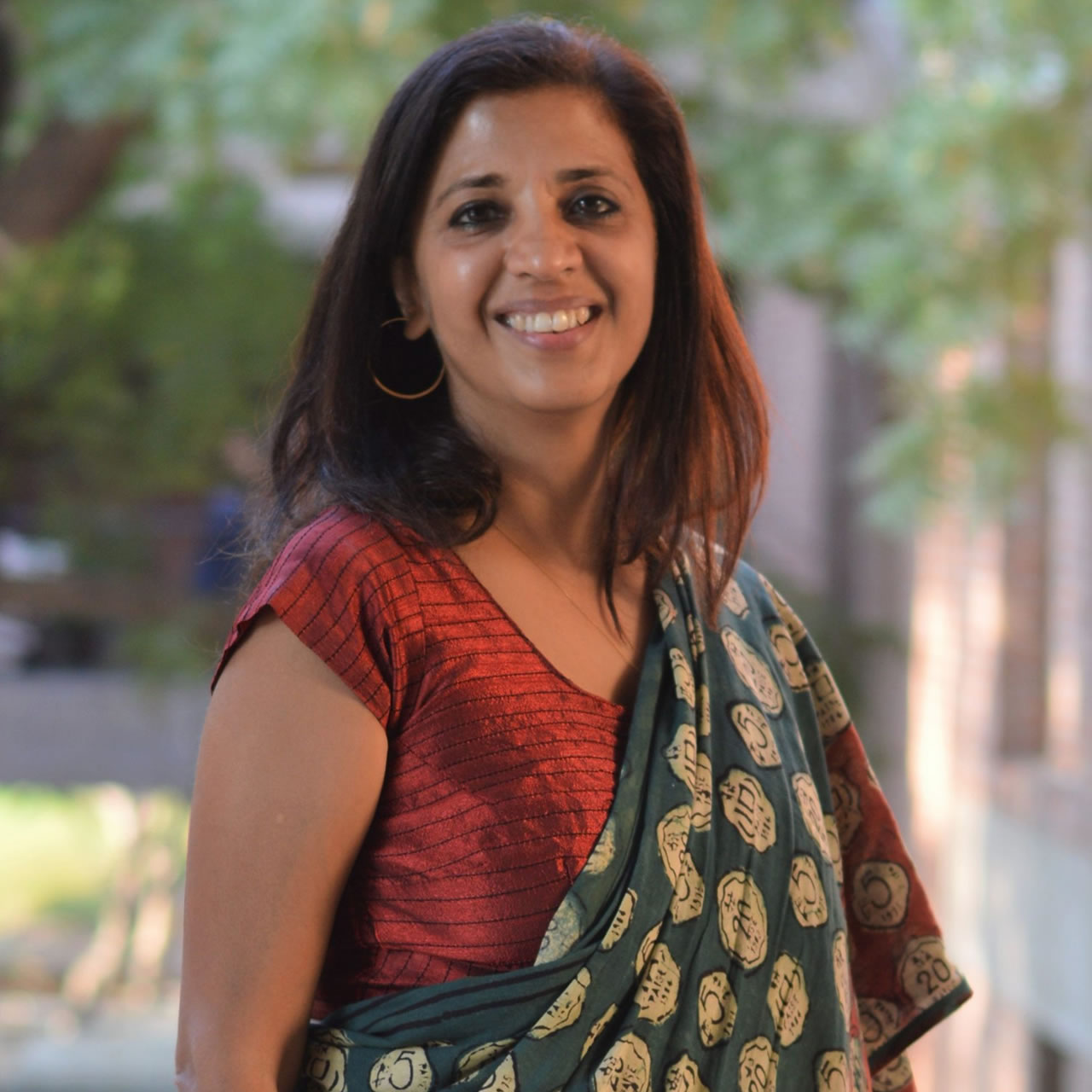
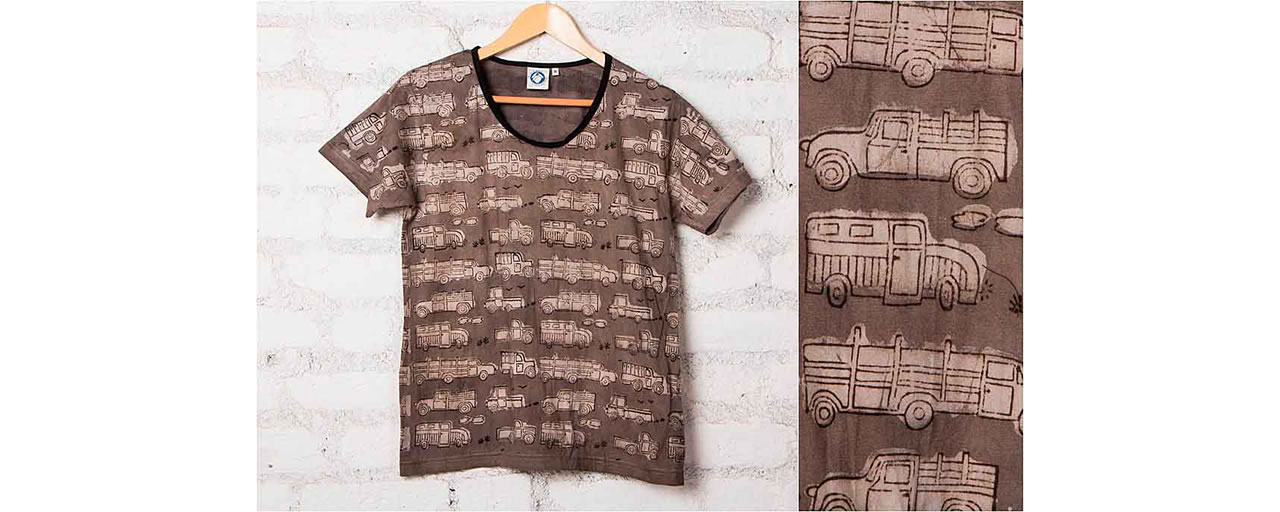
Working collaboratively with printers and dyers in Kaladera, Mastani uses traditional Rajasthani woodblock printing techniques to create whimsical contemporary textile designs inspired by everyday life. Cotten, linen and silk are transformed into beautiful garments and home linens.
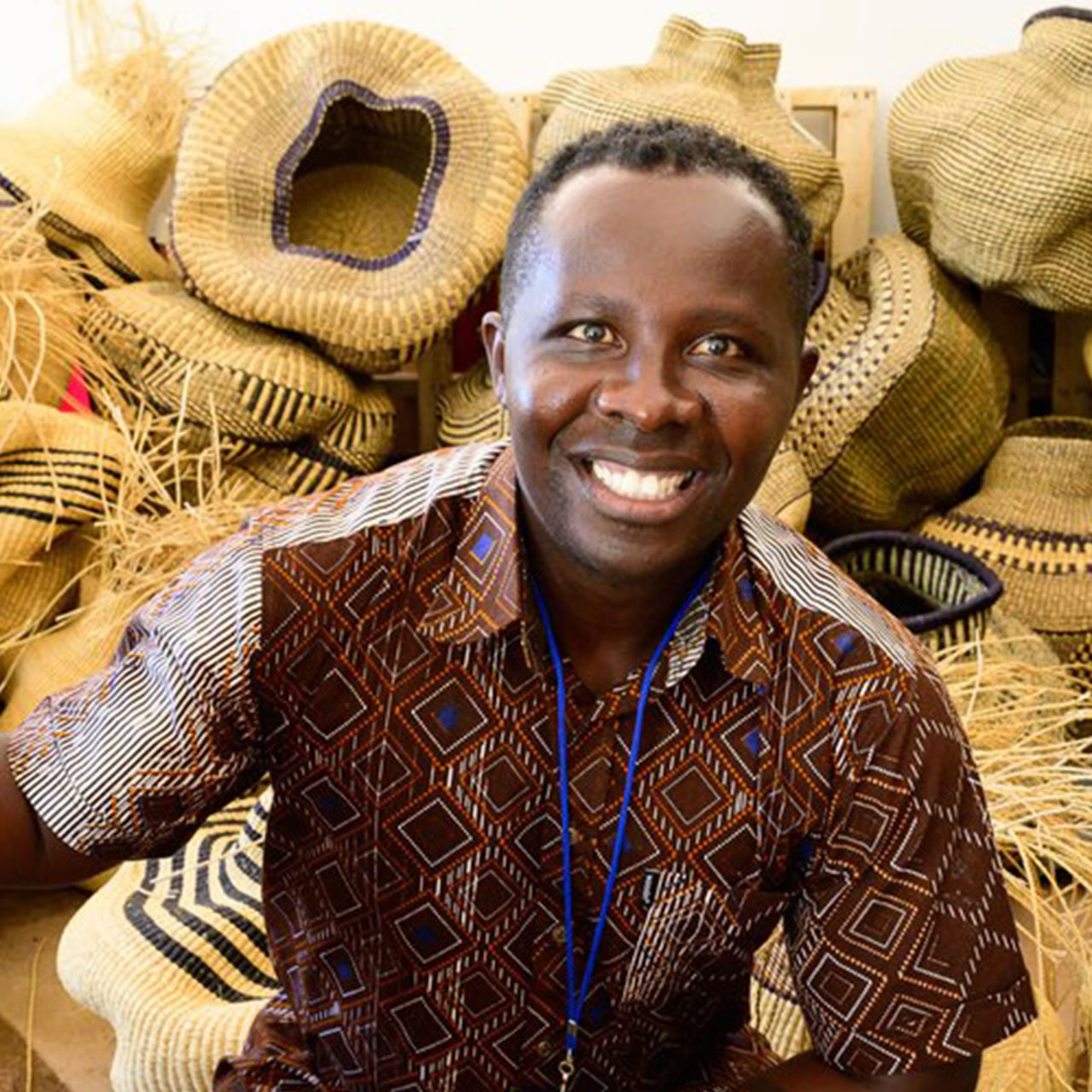
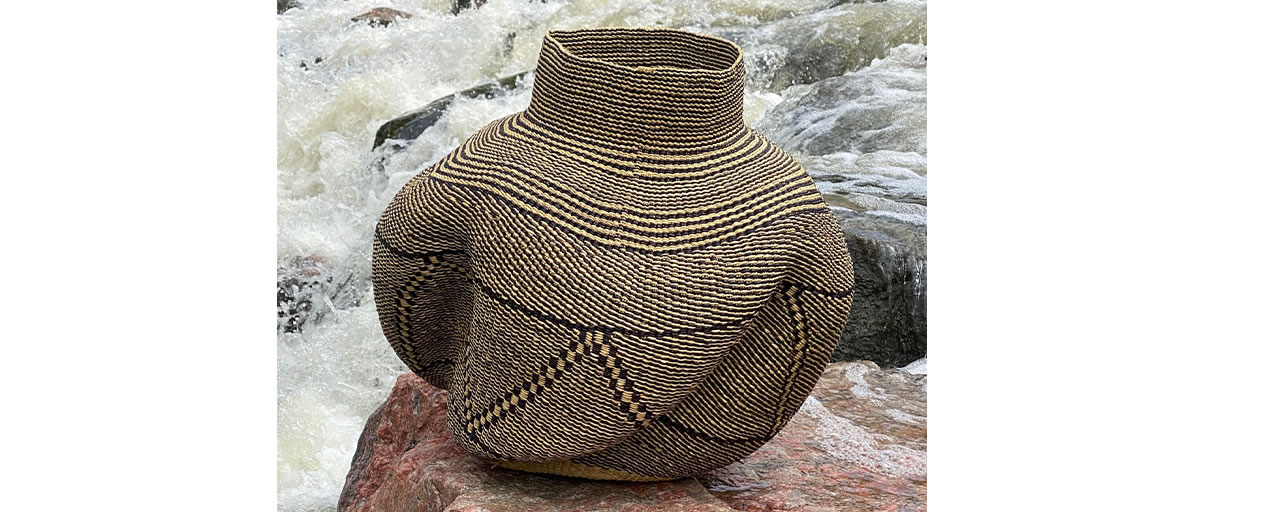
From the Bolgatanga region of Ghana, Agyemang’s family-run business helps artisans weave colorful and artistic baskets. Using naturally-dyed elephant grass, weavers create both sturdy utilitarian containers and eye-popping works of art.
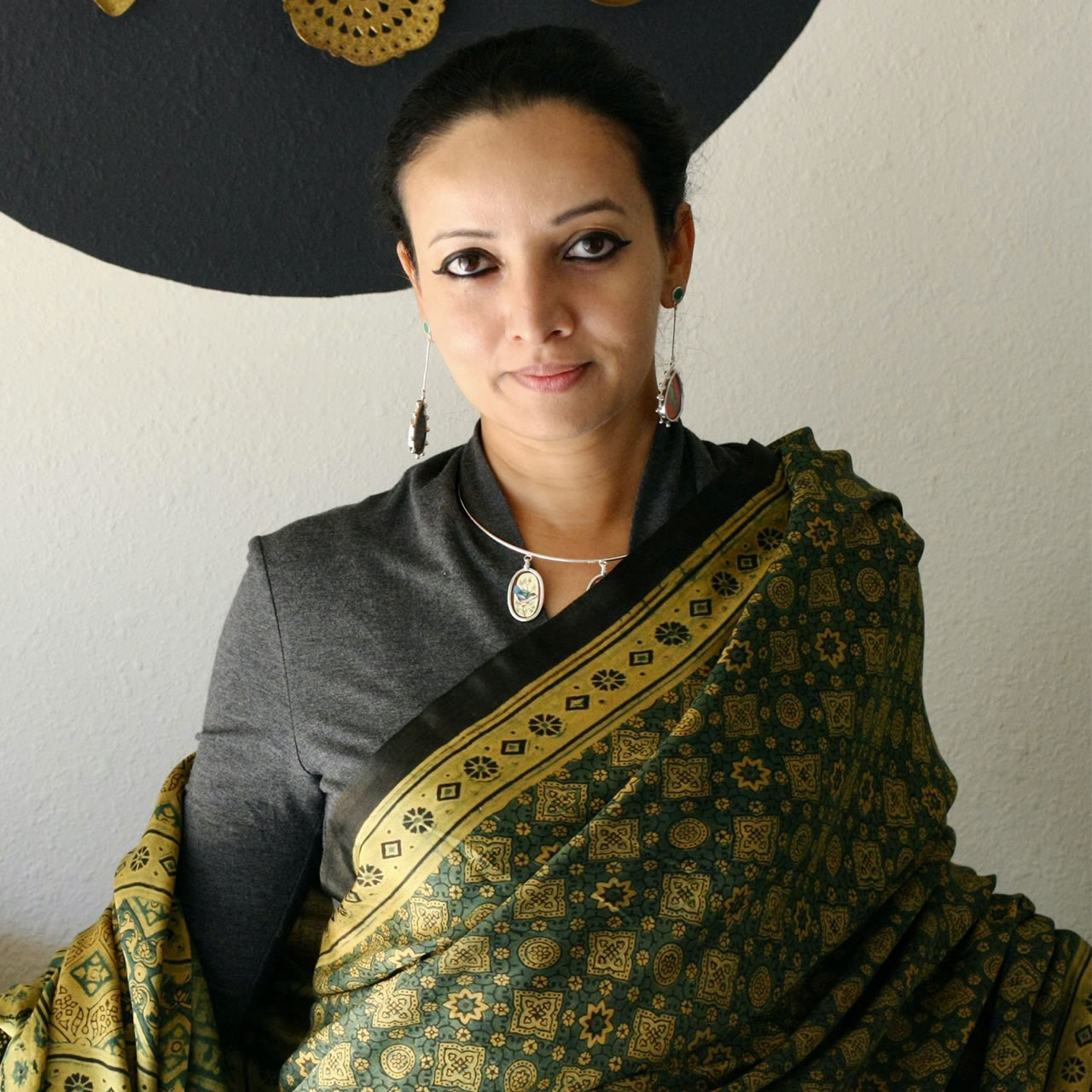
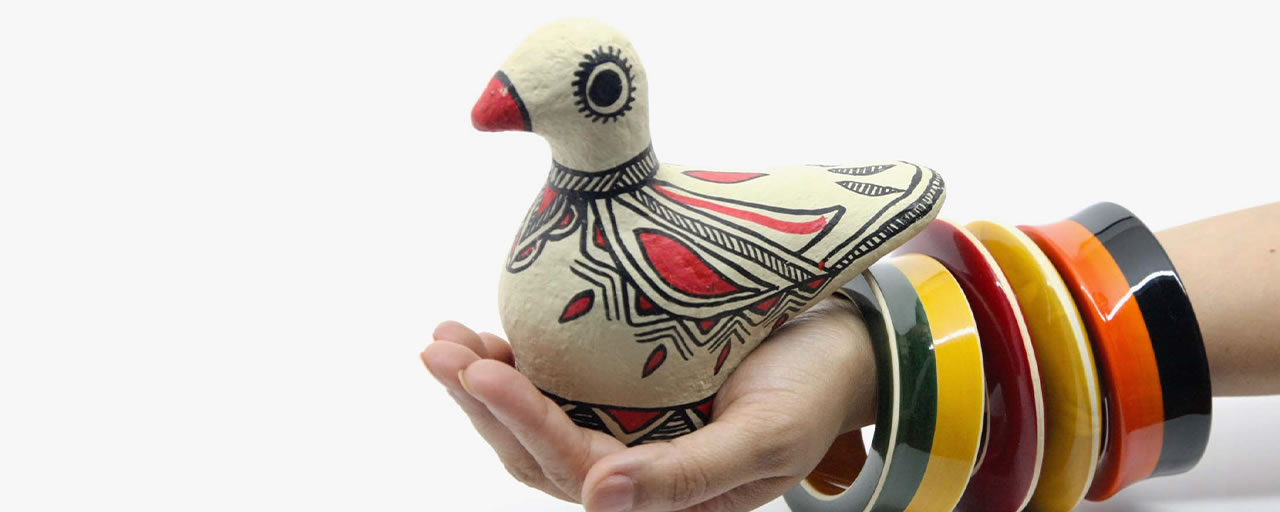
Lai, "beloved one” in Sanskrit, is a design-led collaboration working with artisans to create jewelry pieces that meld traditional craftsmanship with modern aesthetics.
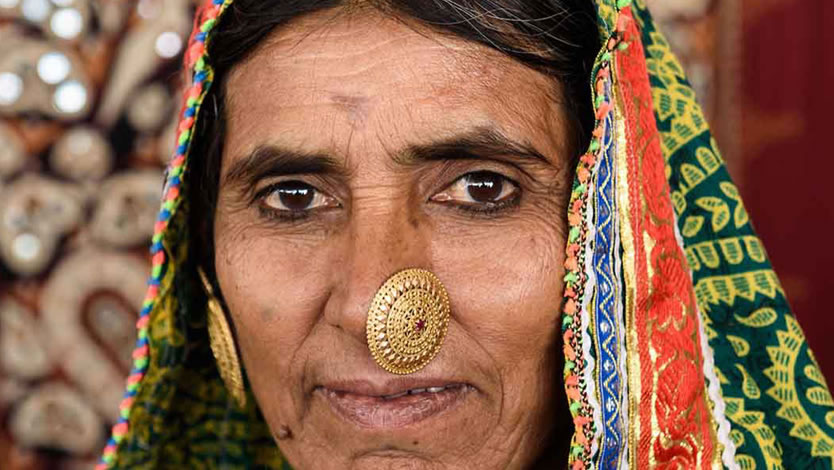
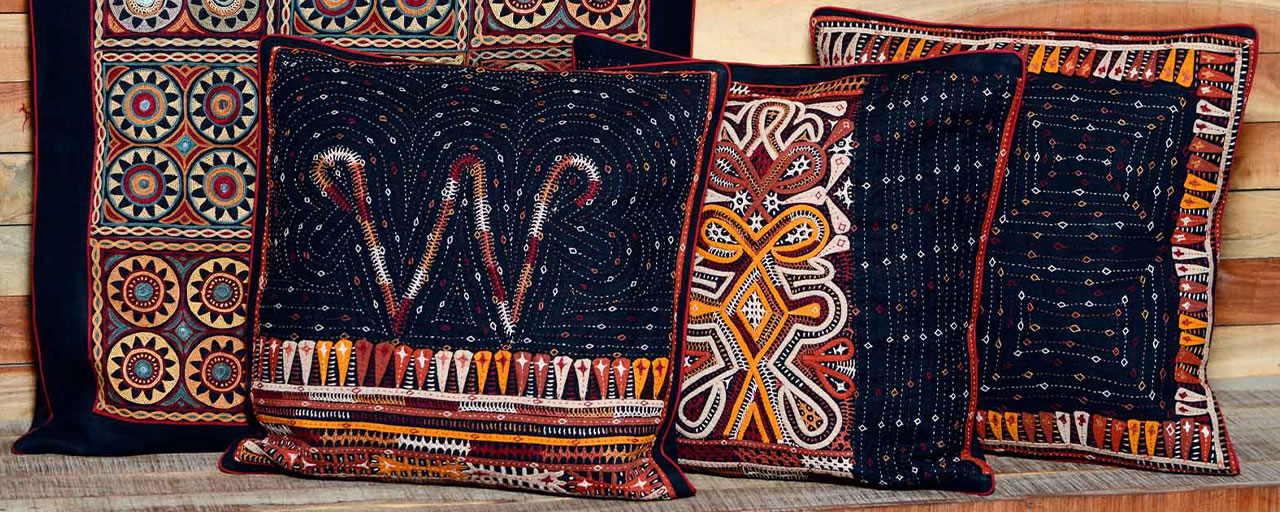
Rural craftswomen from 42 villages work with Qasab Kutch to preserve ancient art forms and culture. Their elaborate embroidery and appliqué technique, known as katab, create colorful quilts, bags, attire, and more.
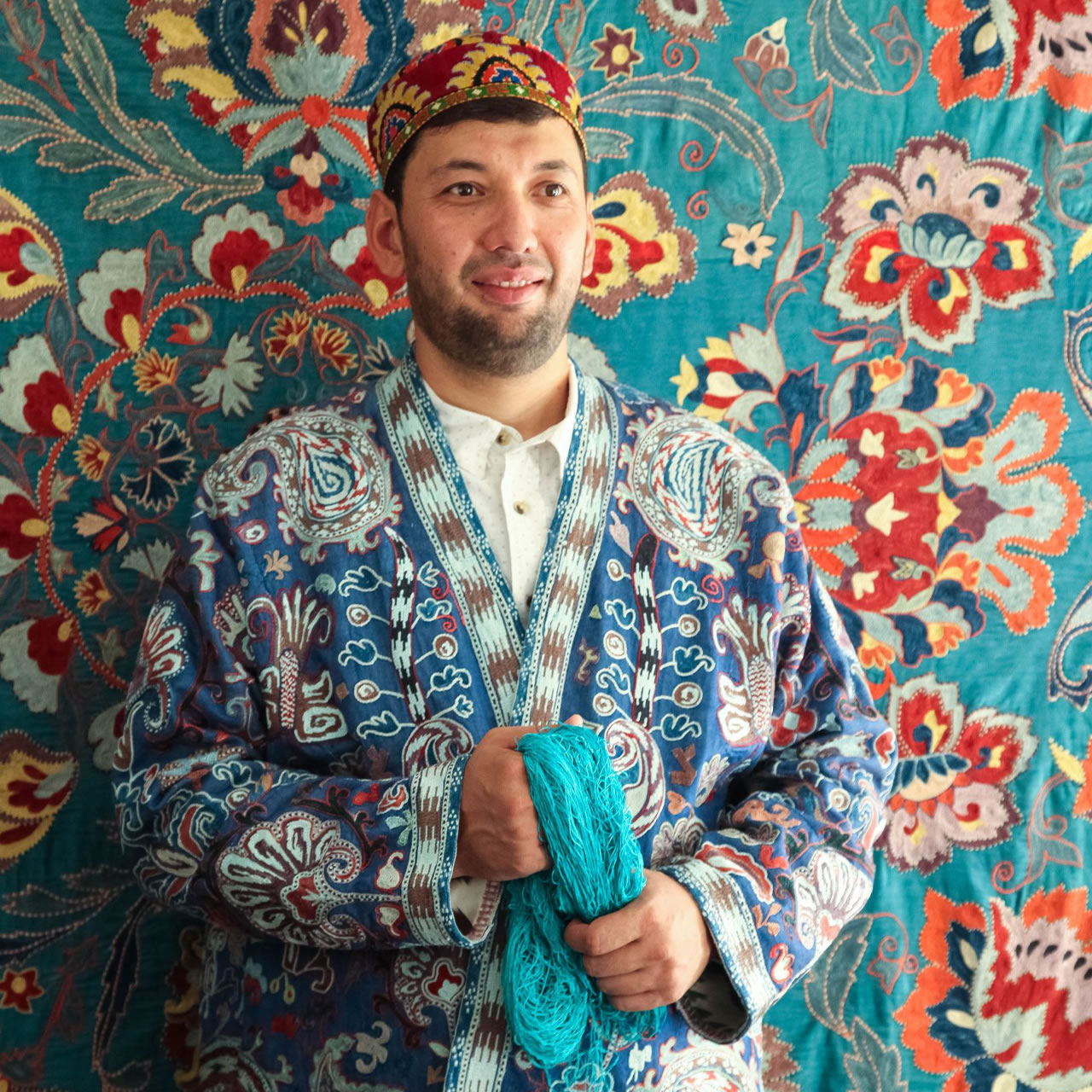
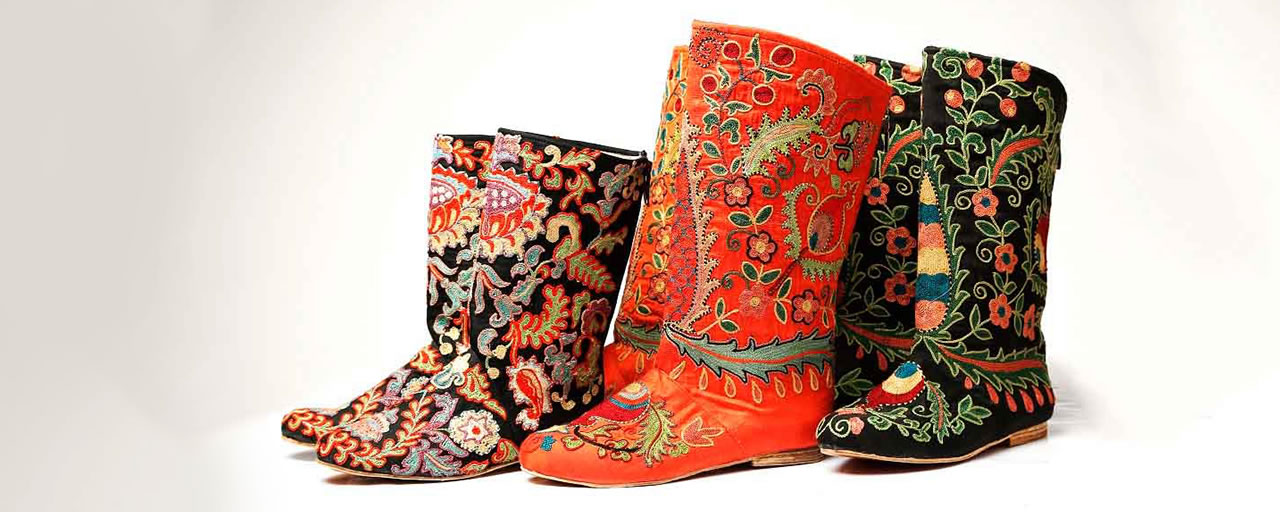
A winner of the UNESCO Award of Excellence, this master embroider leads a team in designing a dazzling array of richly woven and embroidered products, including colorful silk-on-silk bags, ornate velvet-lined coats, and an array of showcase-worthy home textiles.
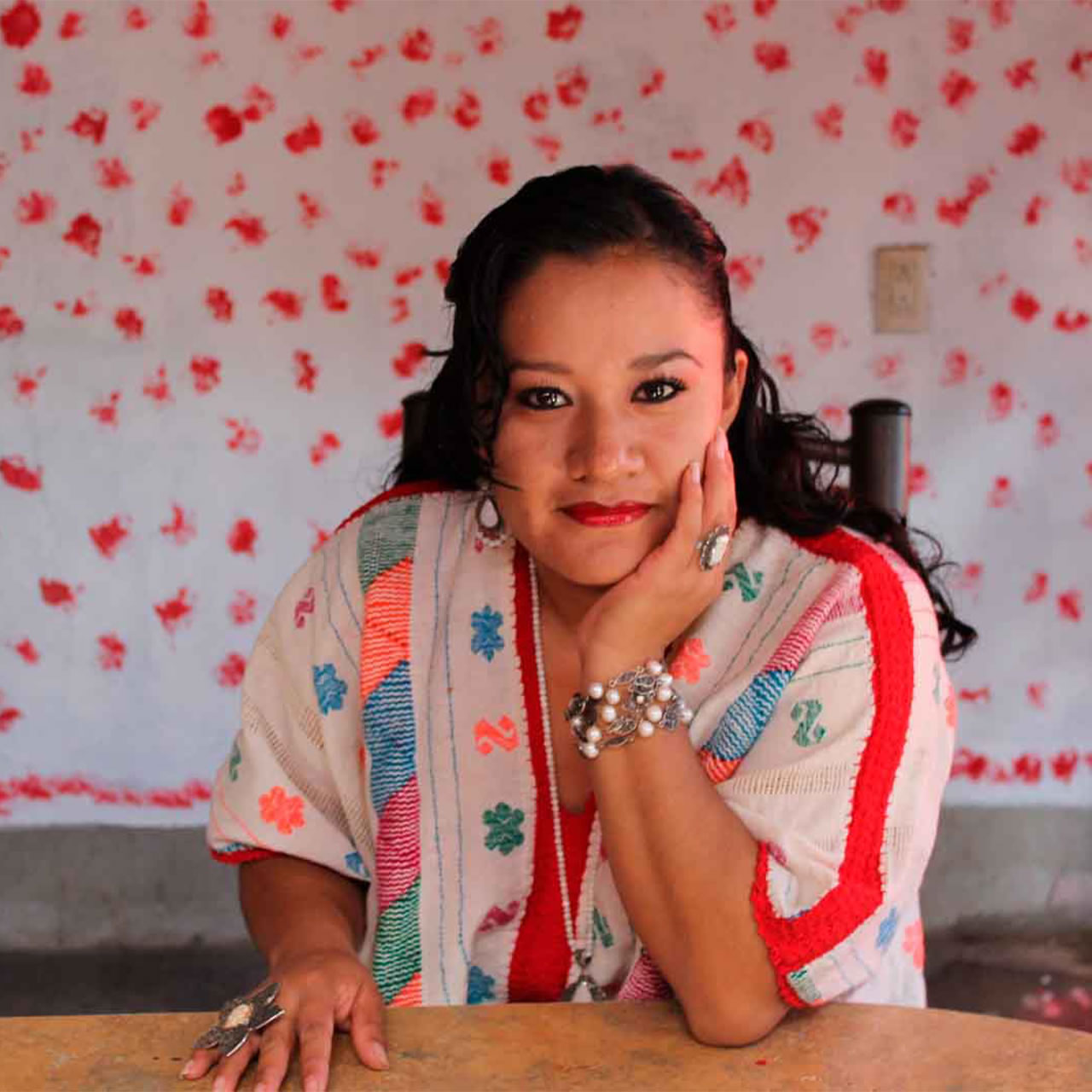
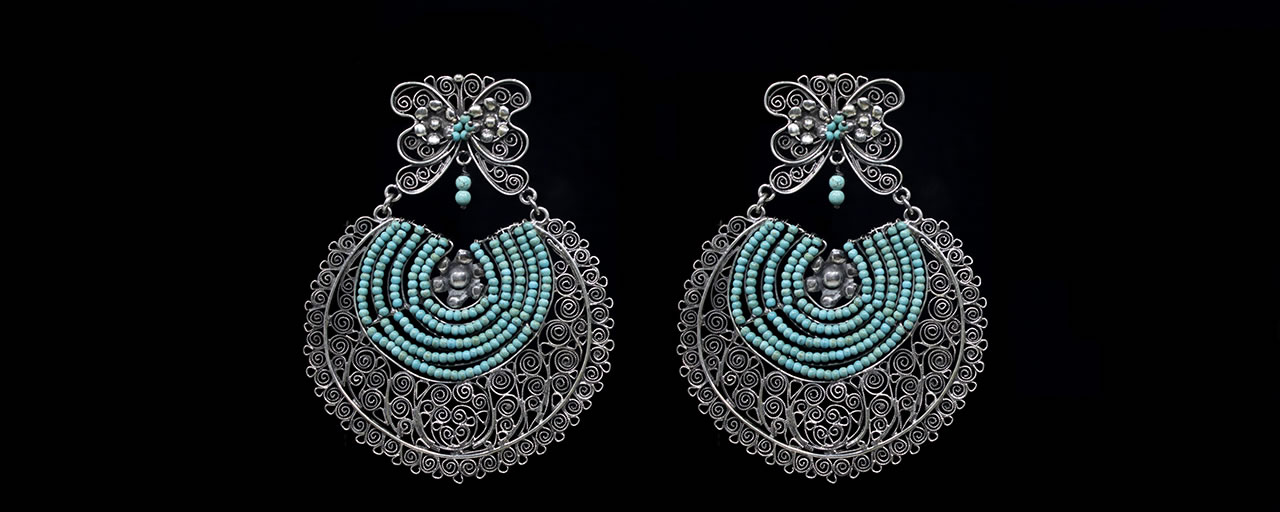
Master jeweler Téllez specializes in Oaxacan filigree, also known as cartoneado. With rustic tools, her workshop utilizes ancient silver-working techniques to craft breathtaking jewelry in ornate designs featuring natural materials.
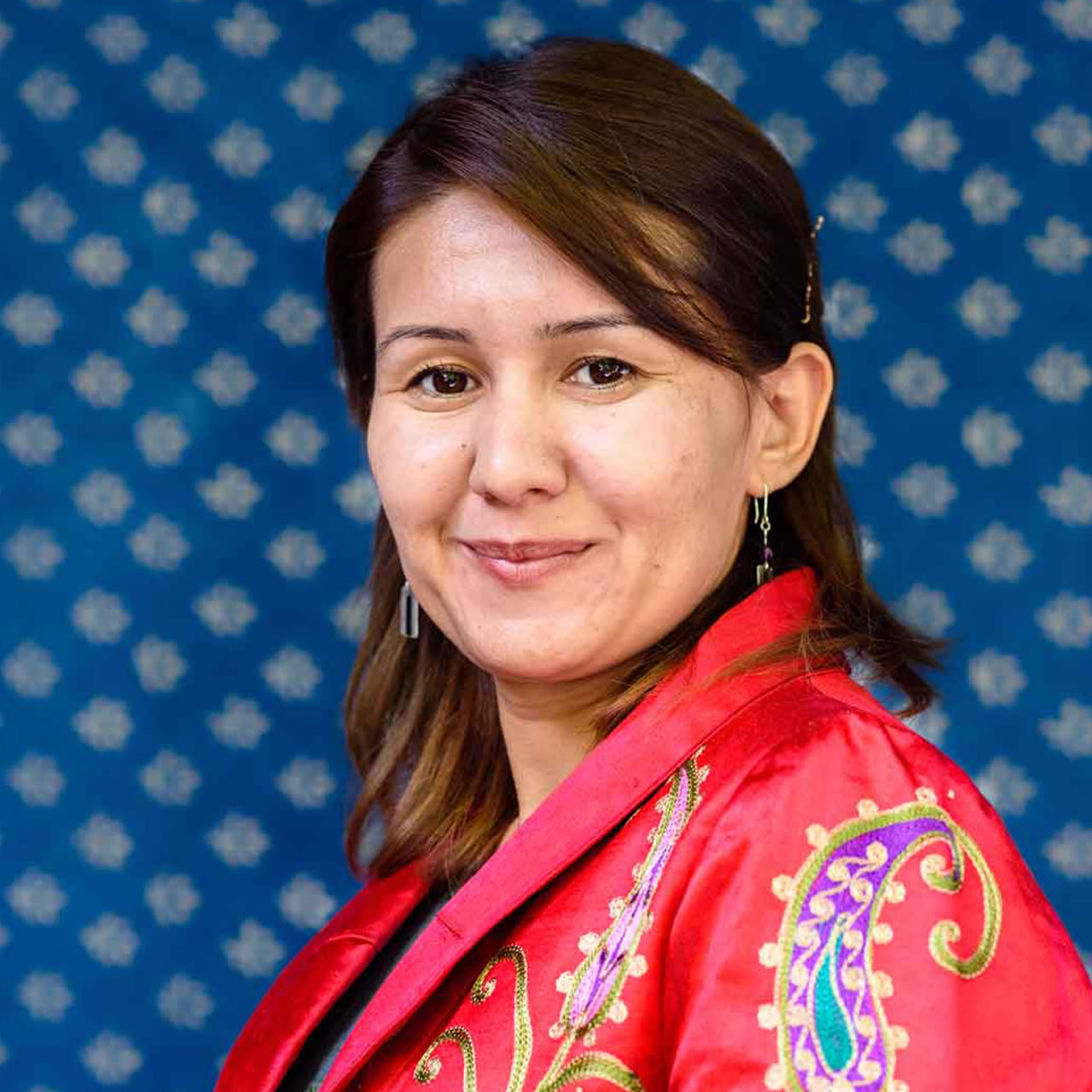
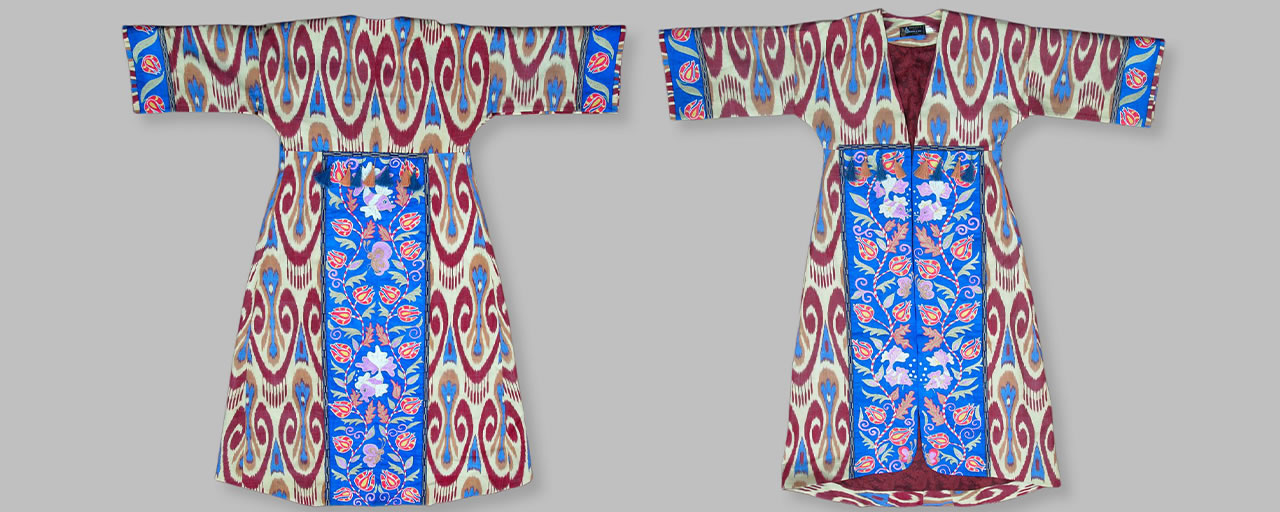
Zarina Kendjaeva’s traditional suzani embroidery both expands upon traditional floral and symbolic designs and also achieves special distinction for its unusual patterning and coloration. Her creations include wall hangings, curtains, bedcovers, bags, and special occasion garments.
IHDC
2000 N. Stemmons Freeway
Dallas, TX 75207
Be the first to view one-of-a-kind cultural treasures from around the world while you enjoy music, wine and hors d’oeuvres by Break Bread, Break Borders. Shop a selection of the unique pieces that have made the International Folk Art Market | Santa Fe a major art destination. From basketry to jewelry, embroidery, weaving, ceramics, and more, you’ll discover unique, handmade items you won’t find anywhere else.
Complete the form below to RSVP
